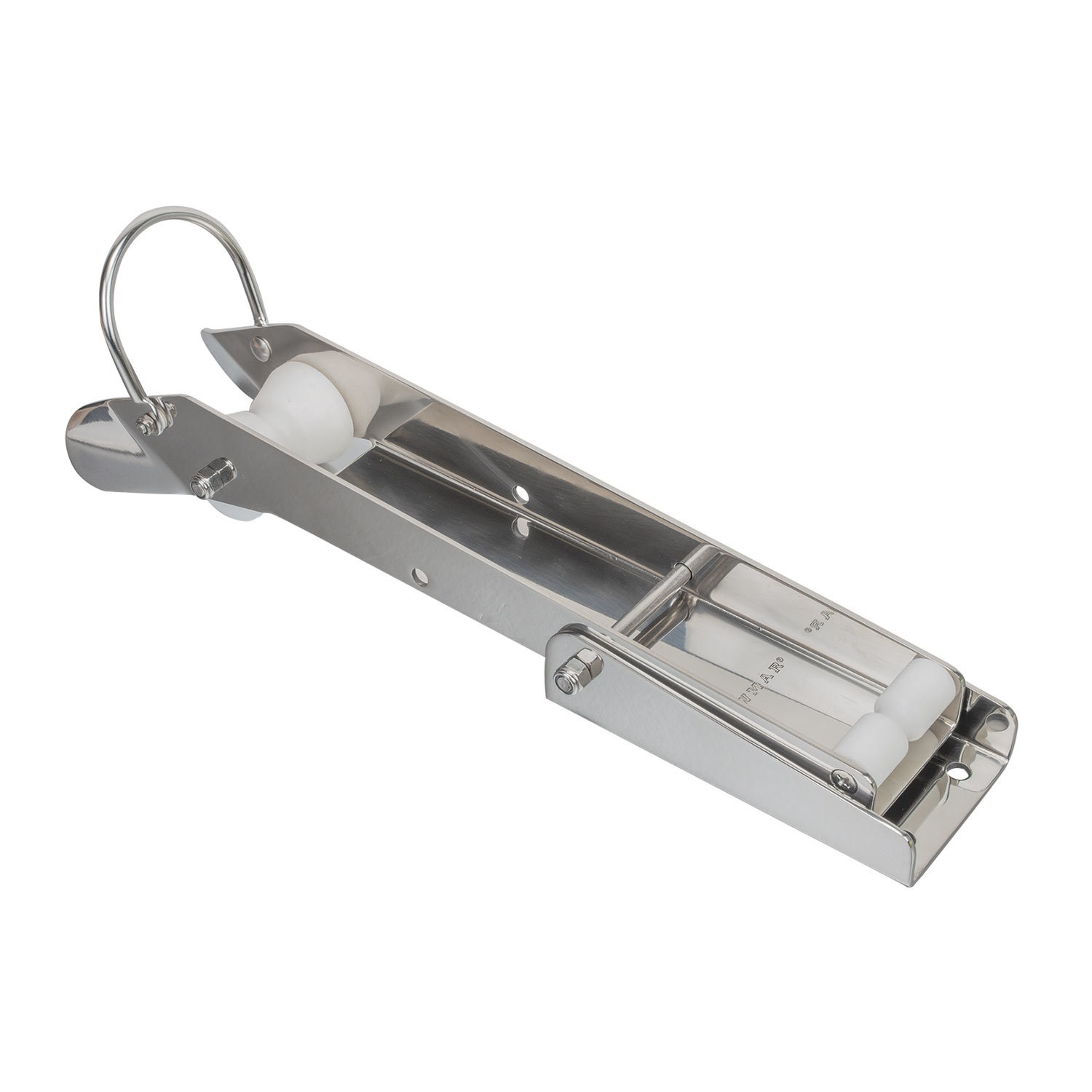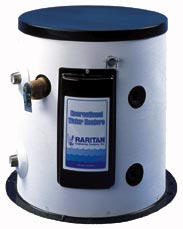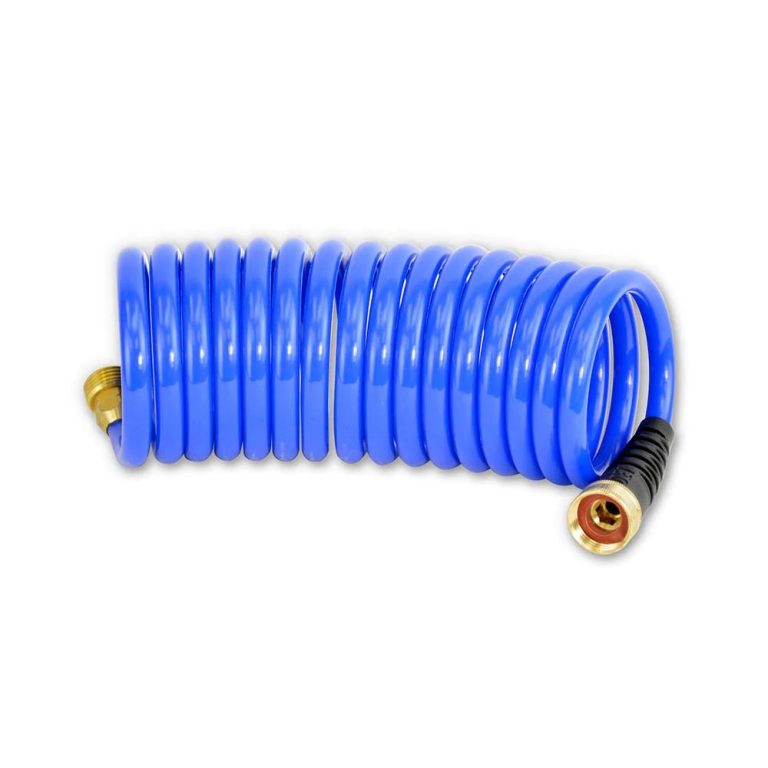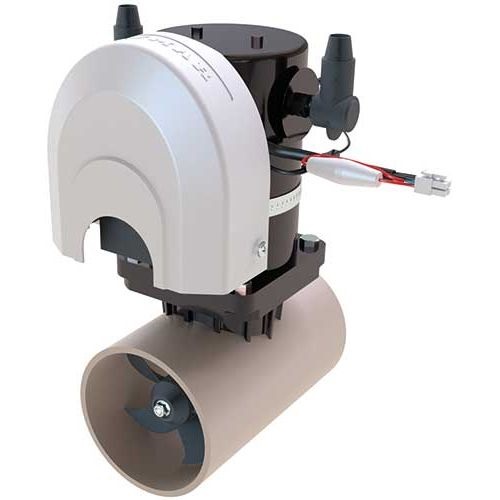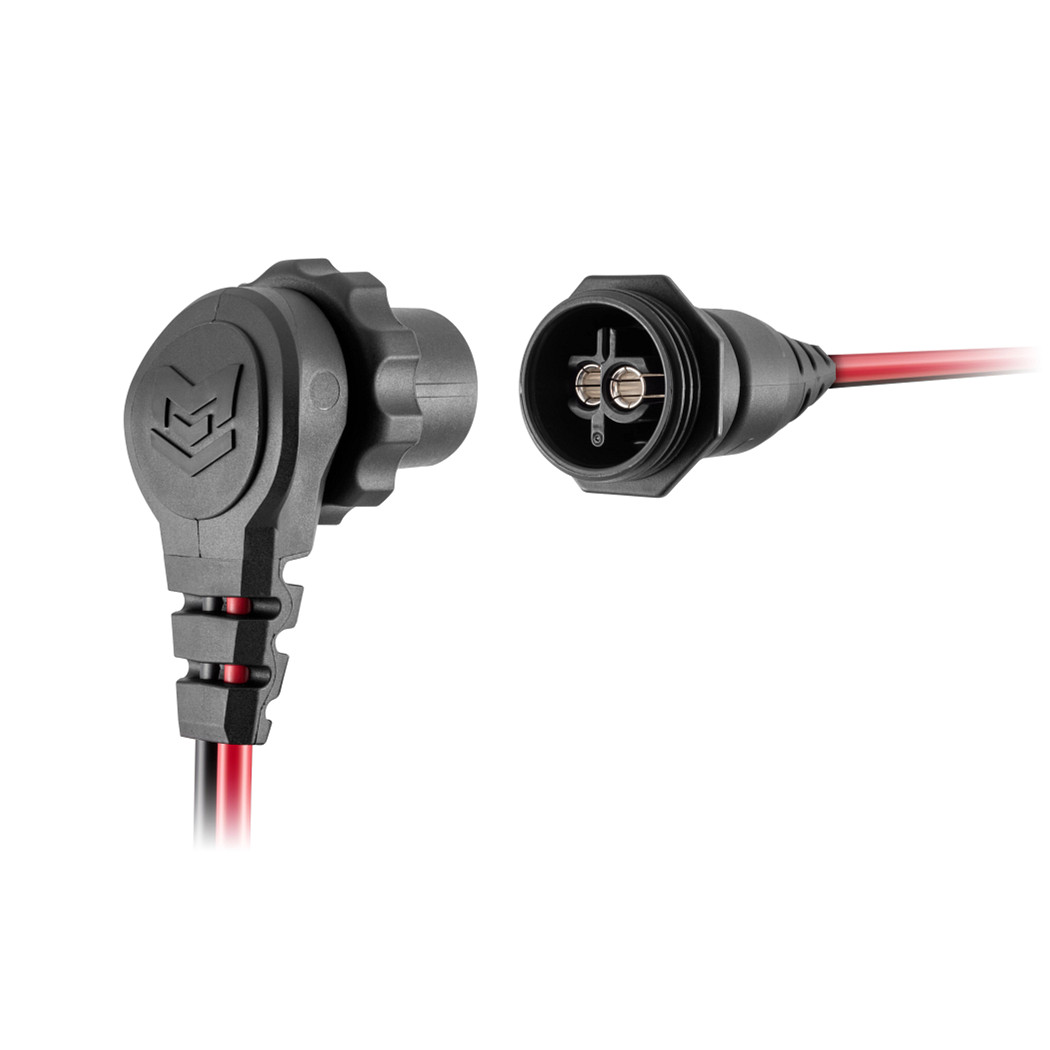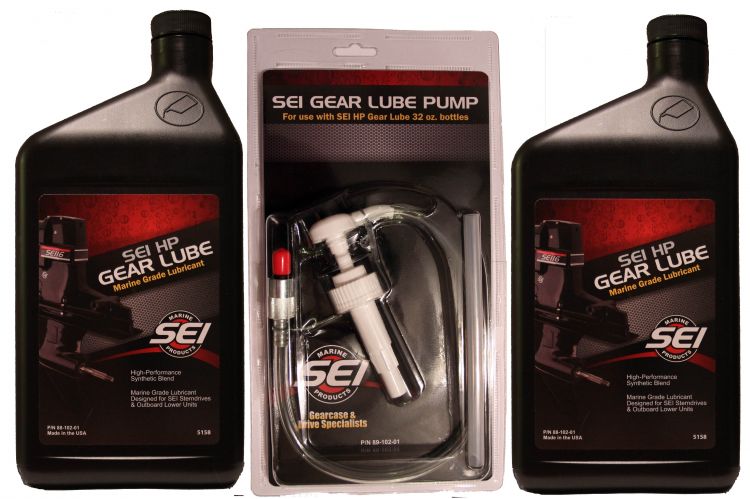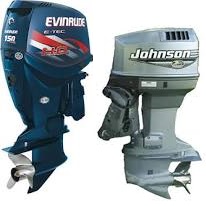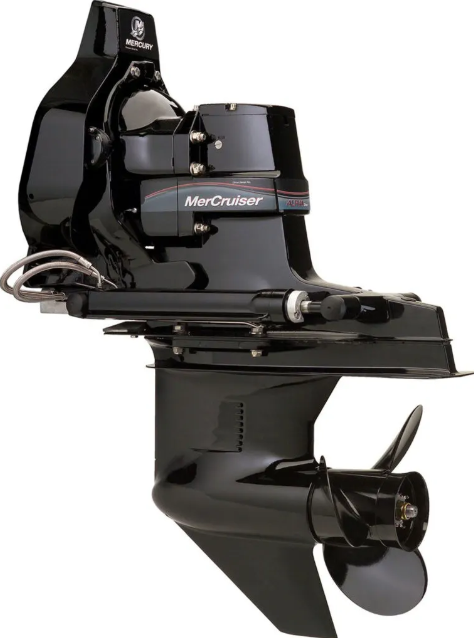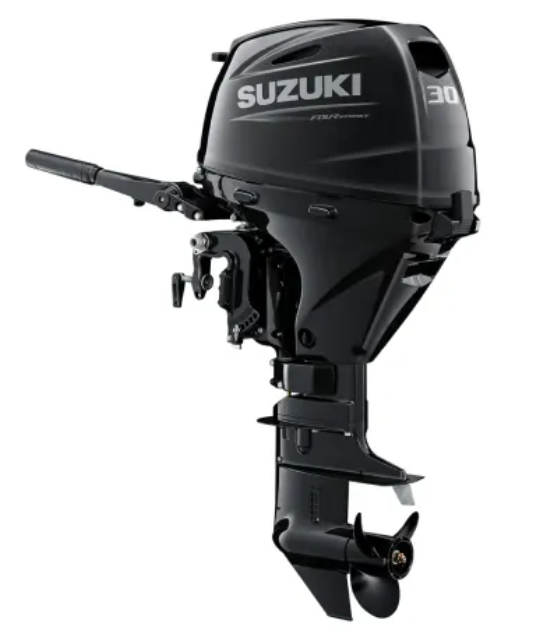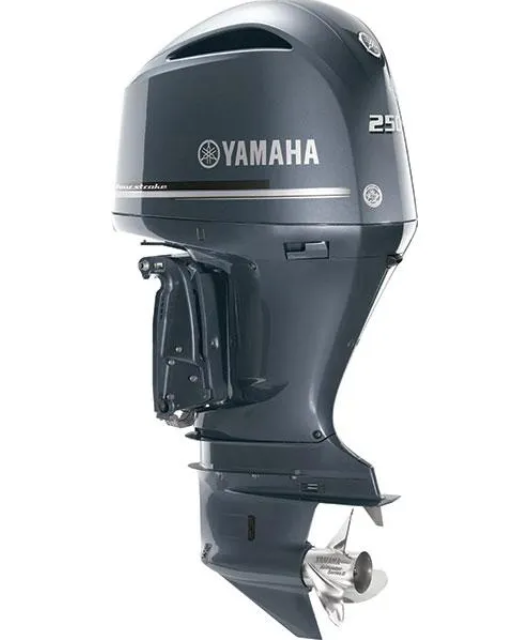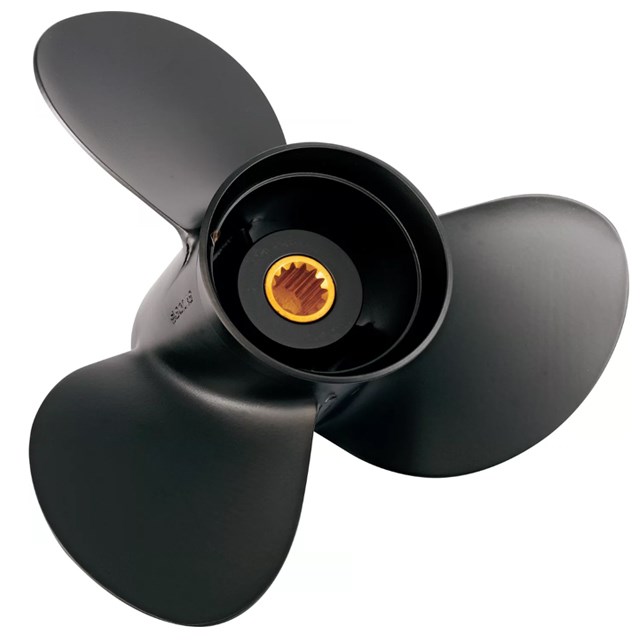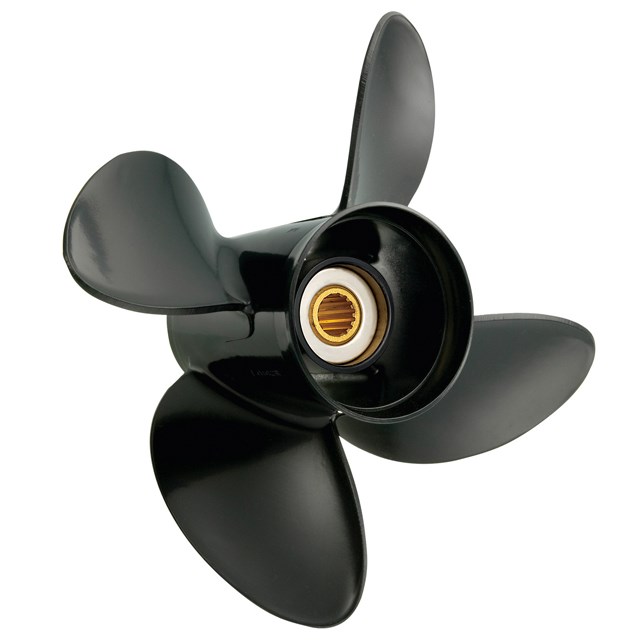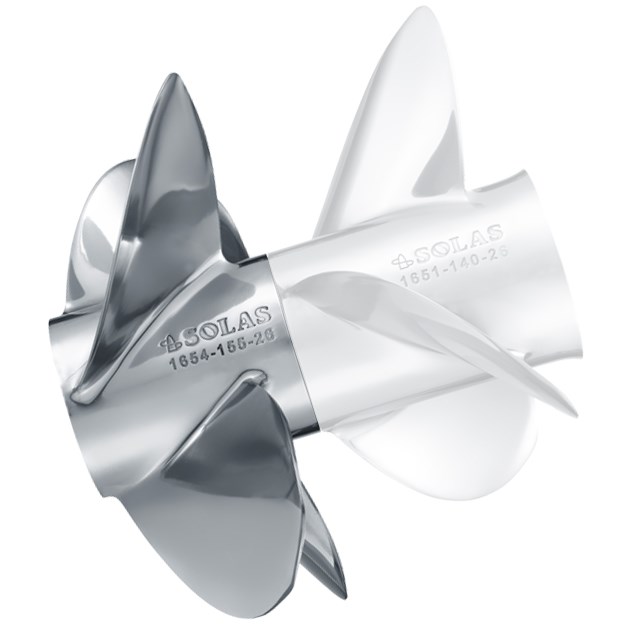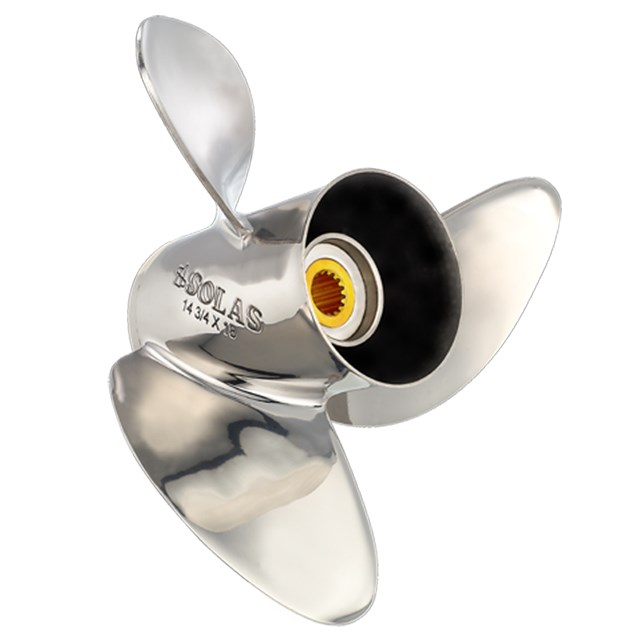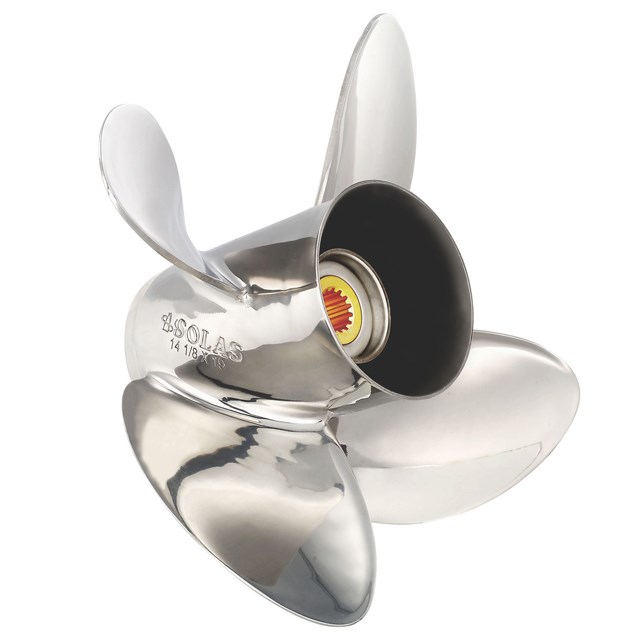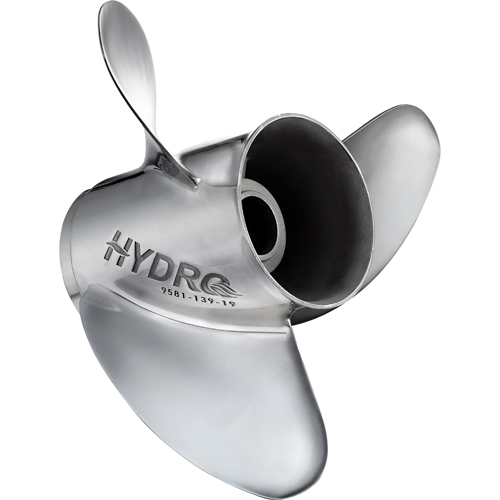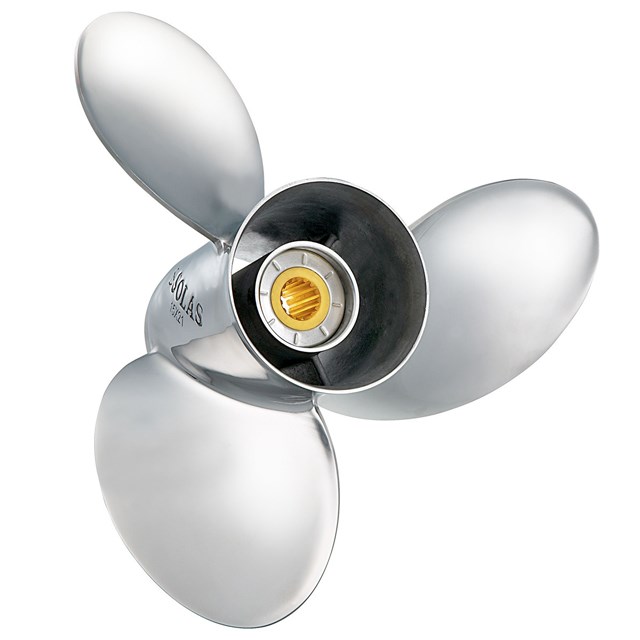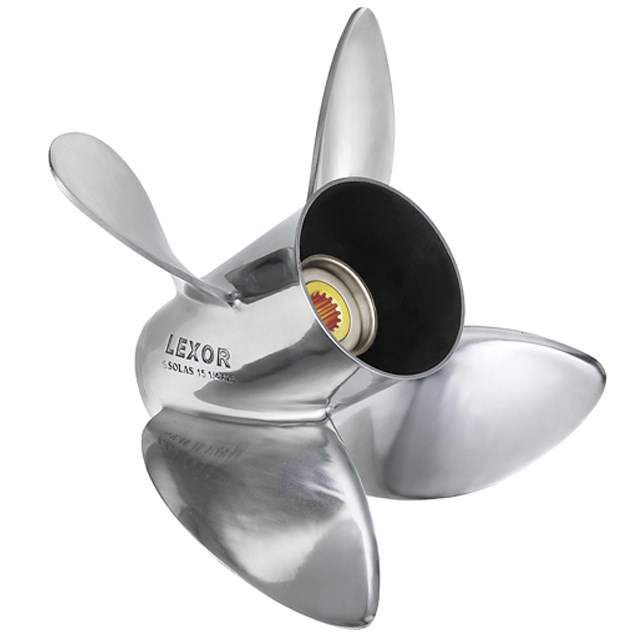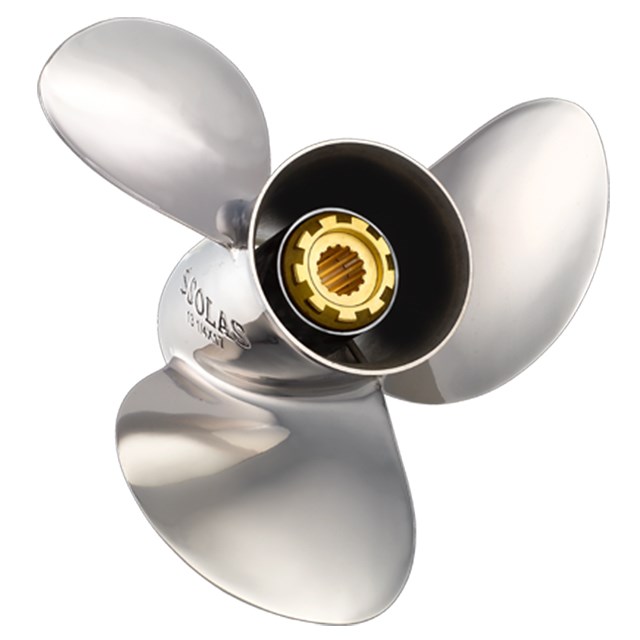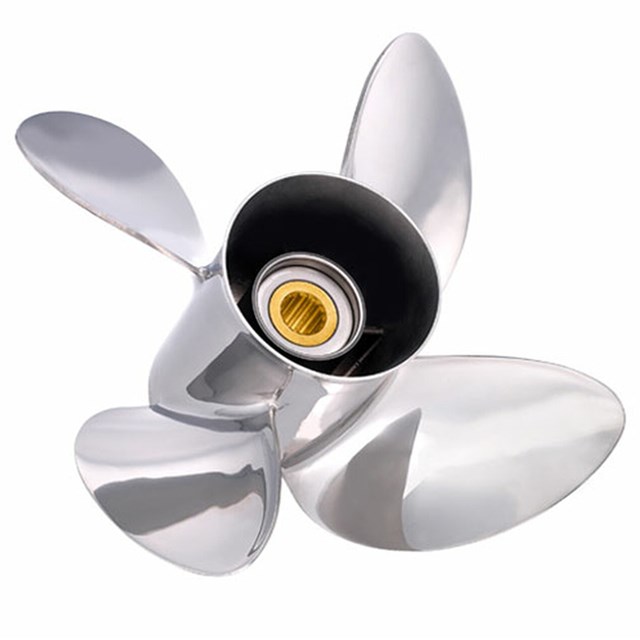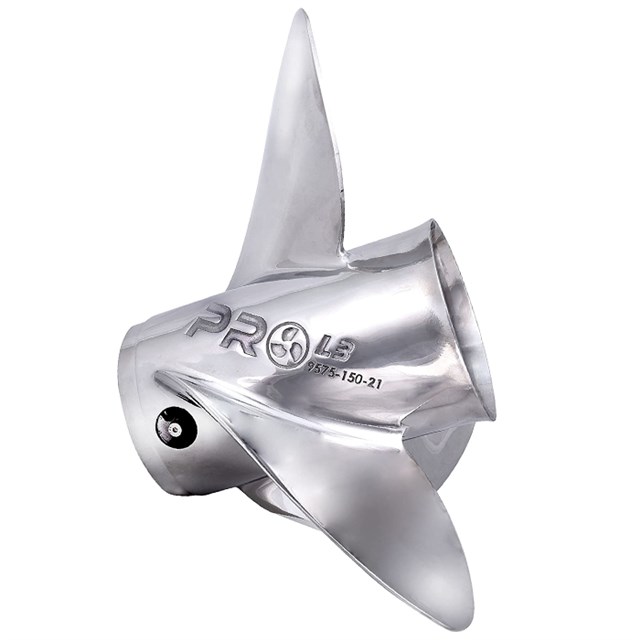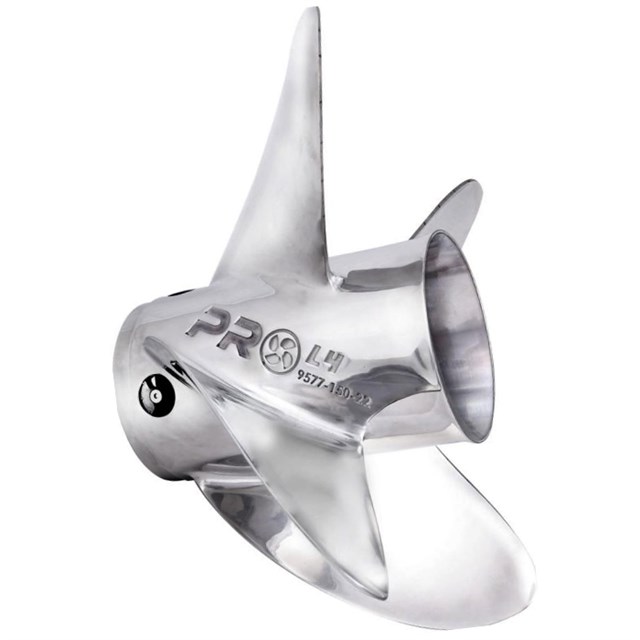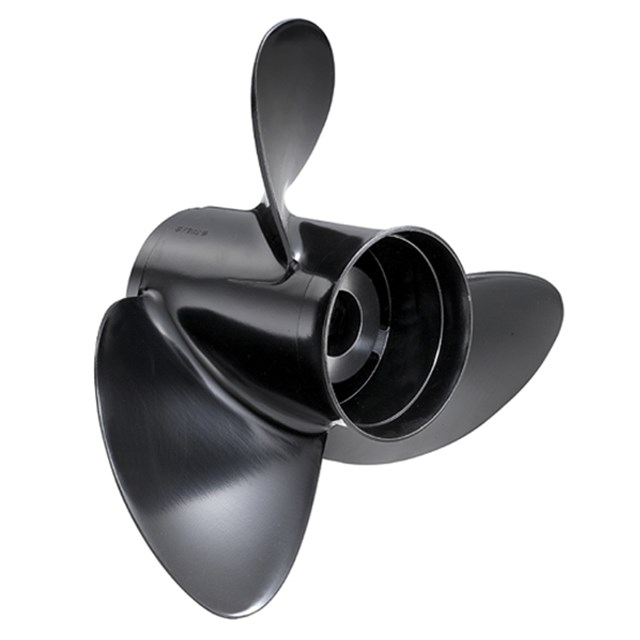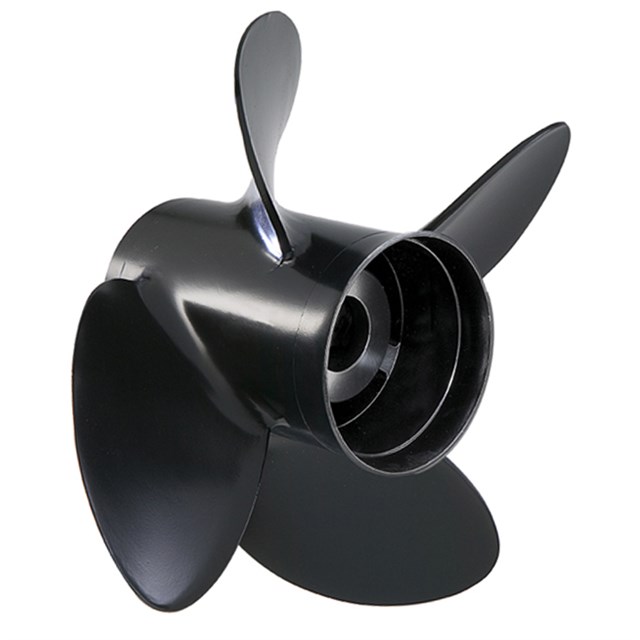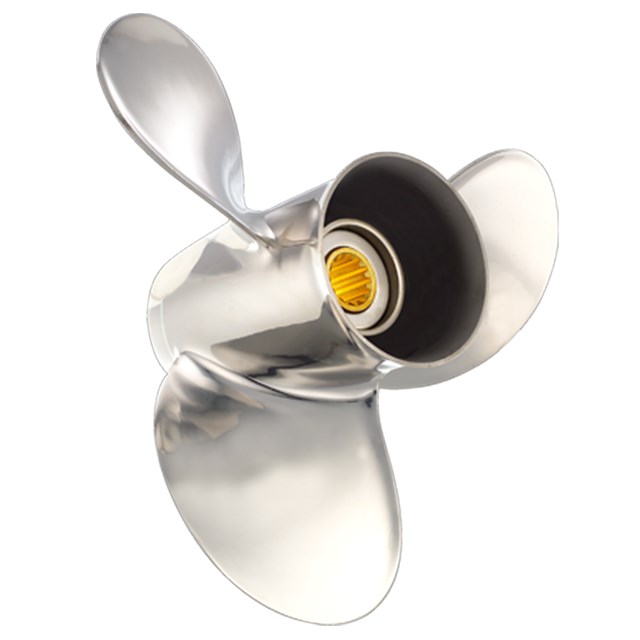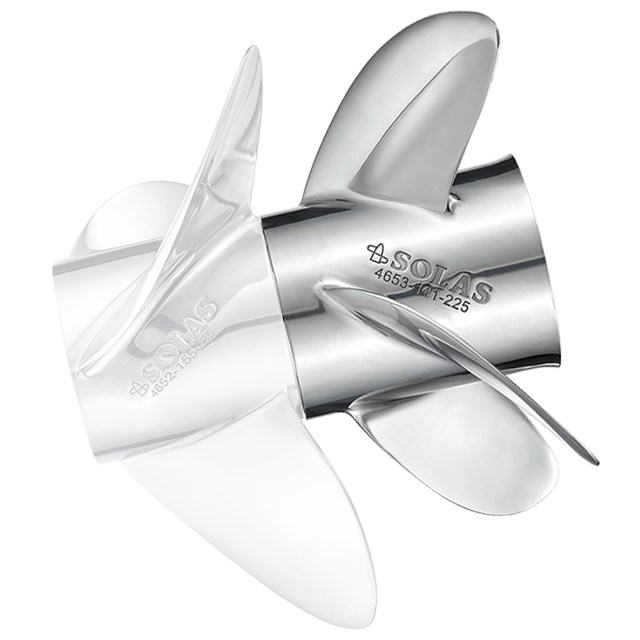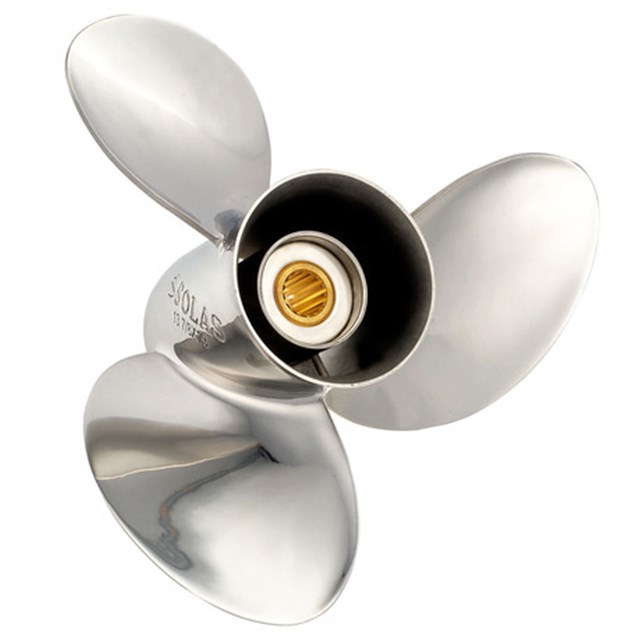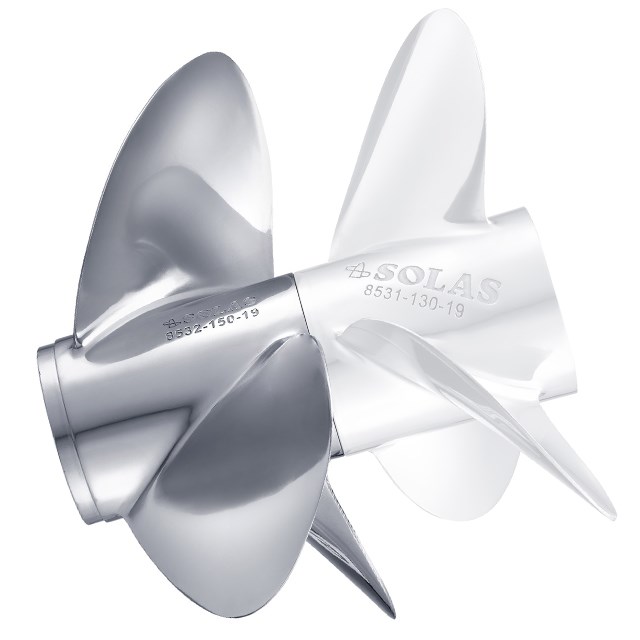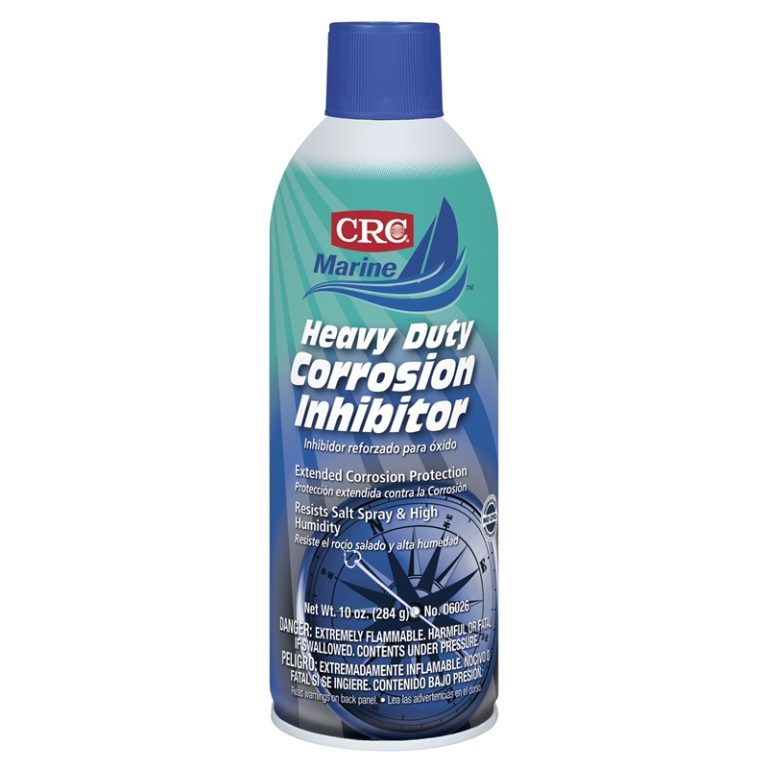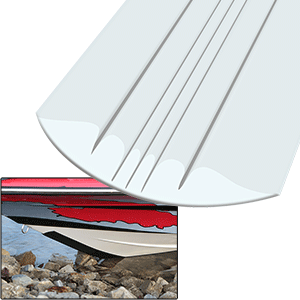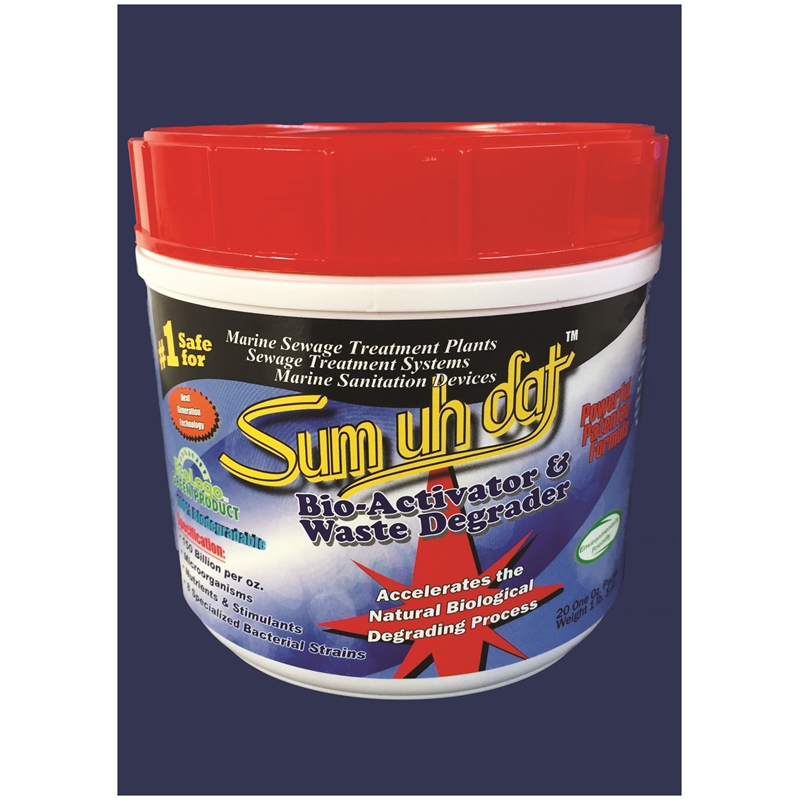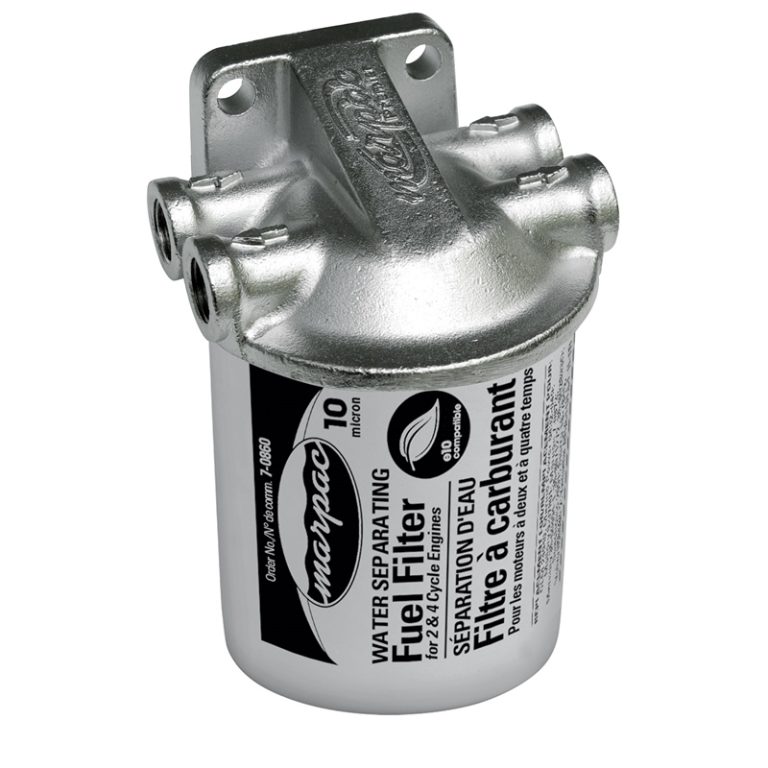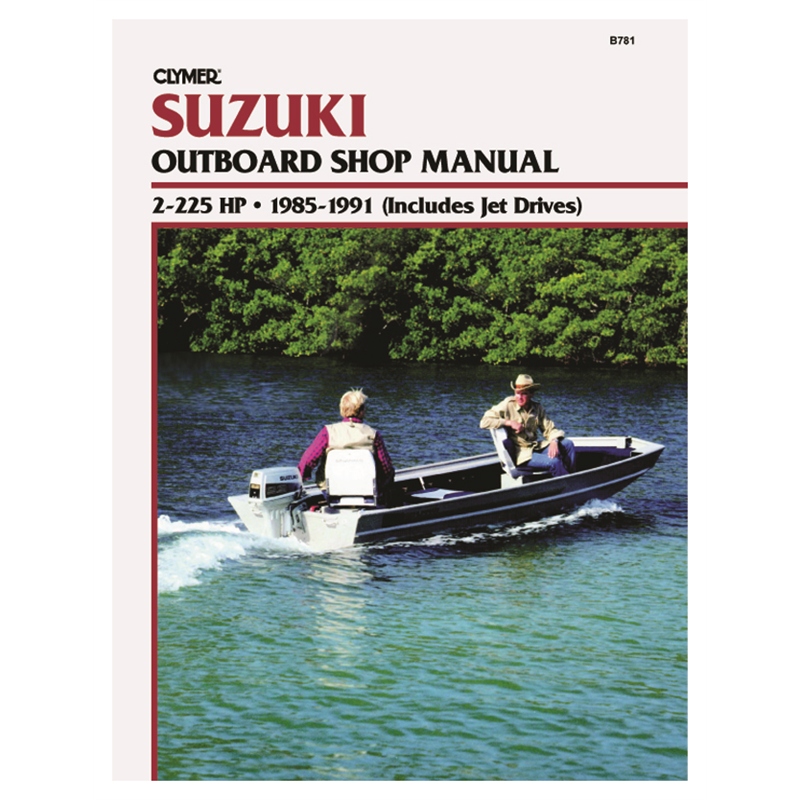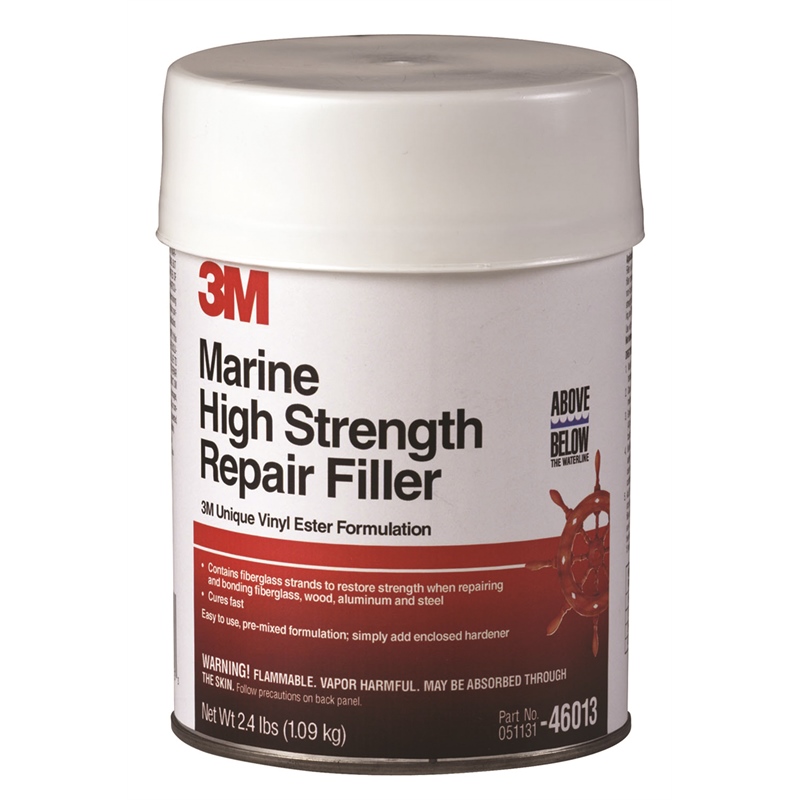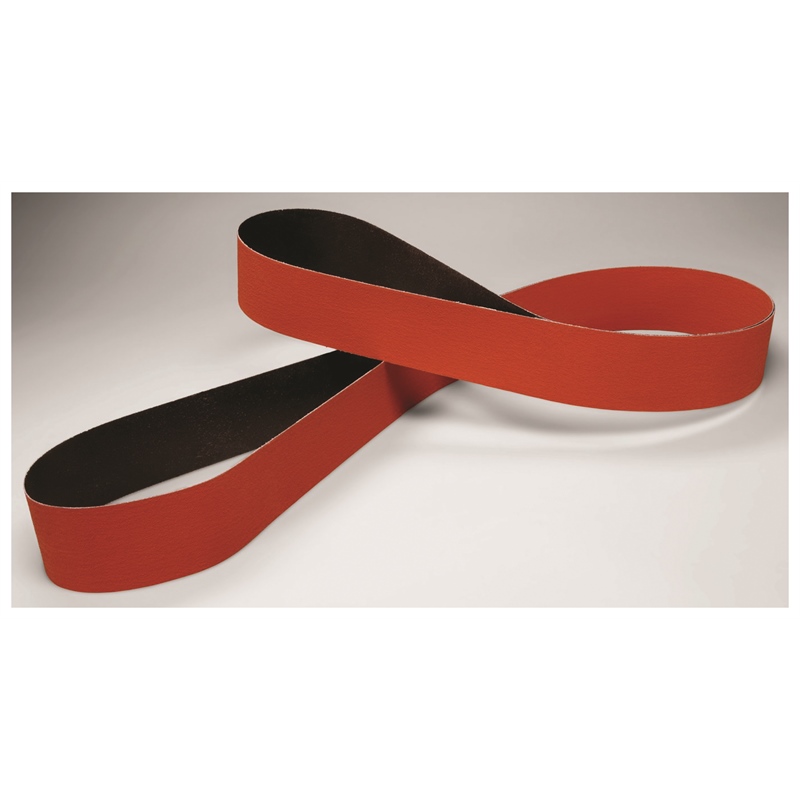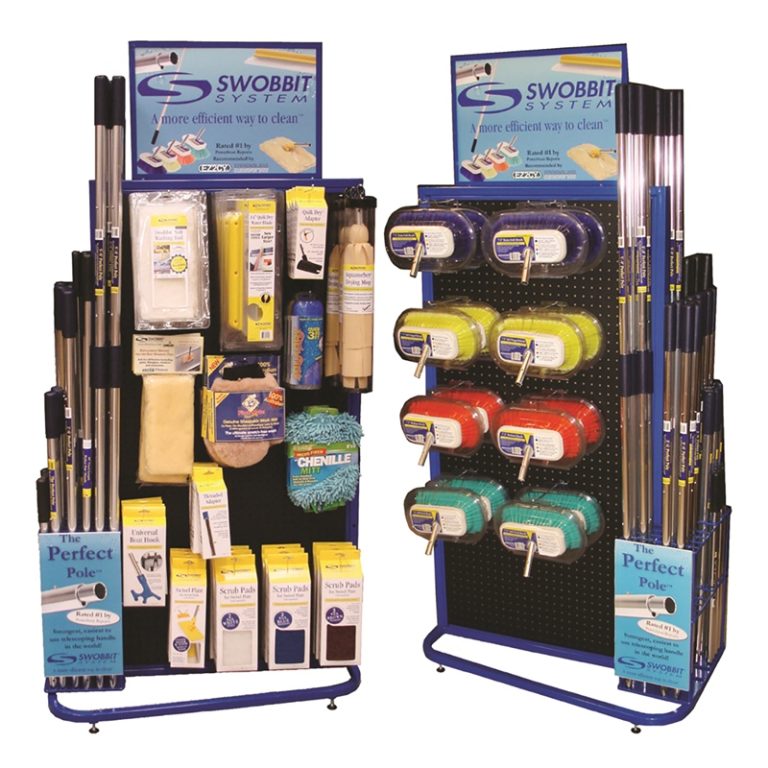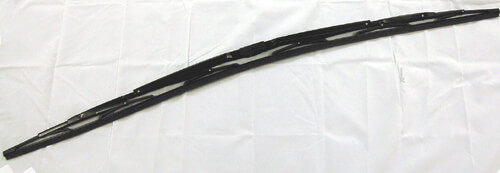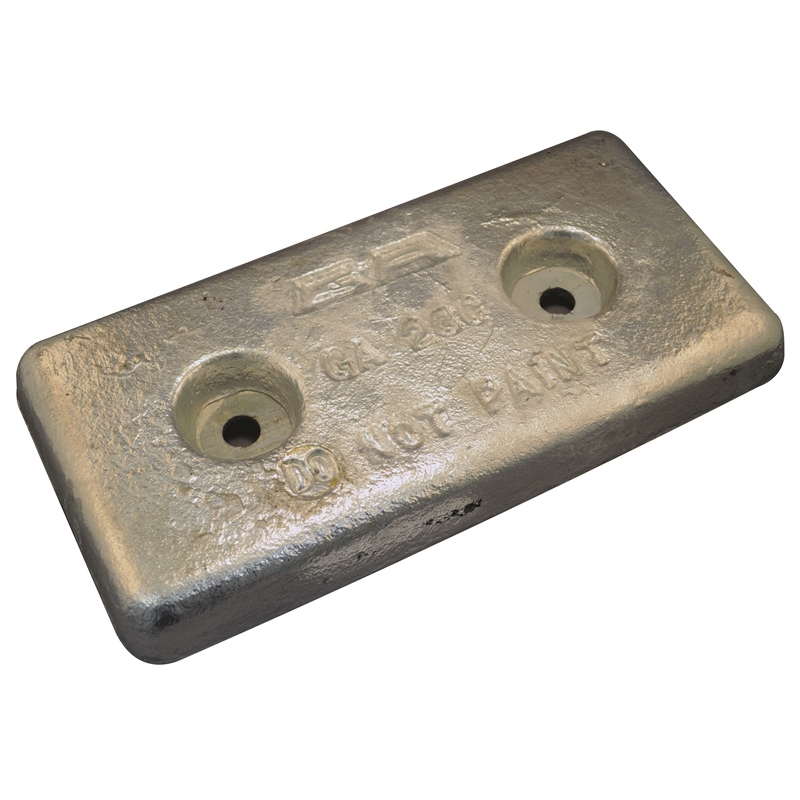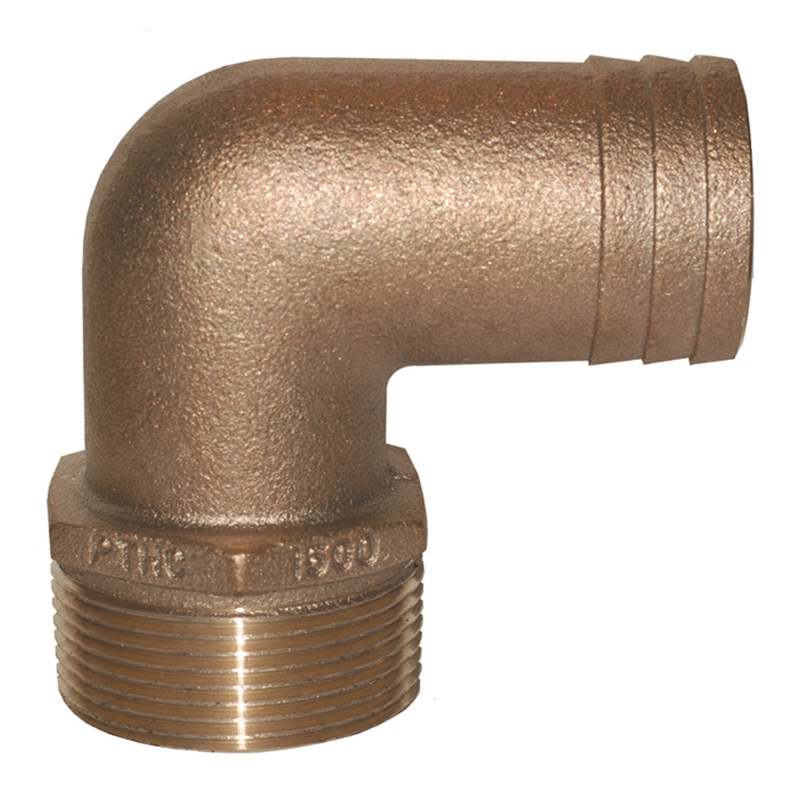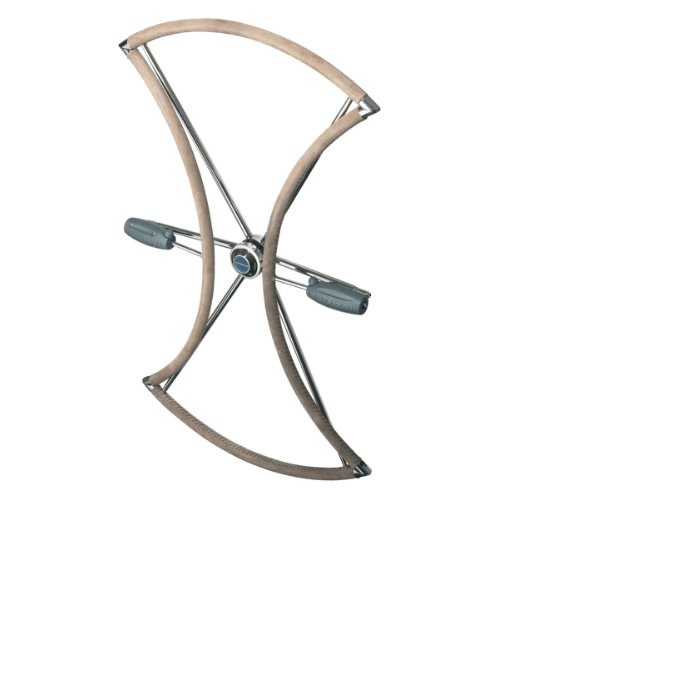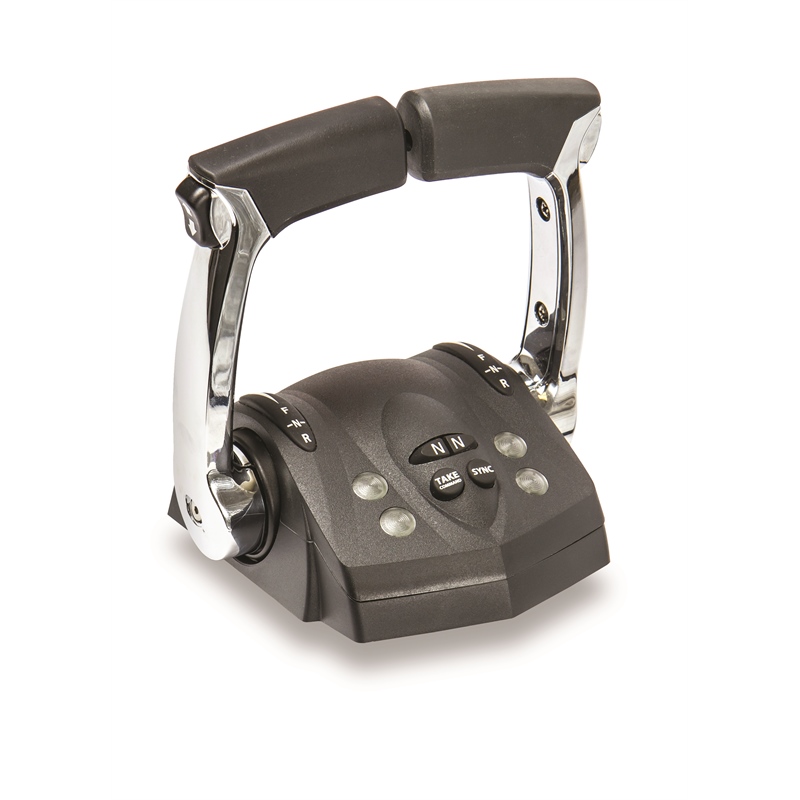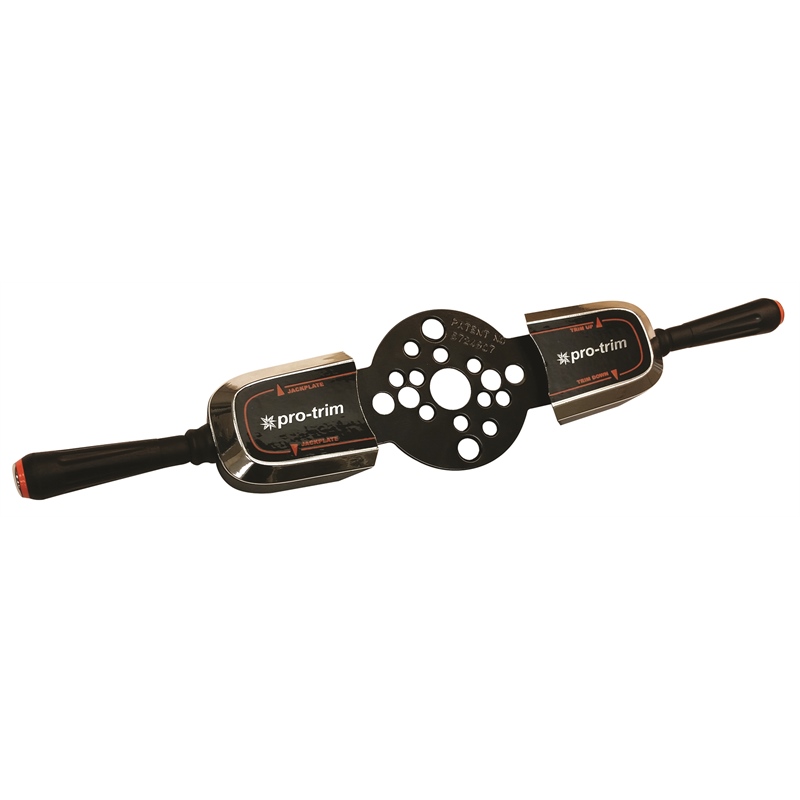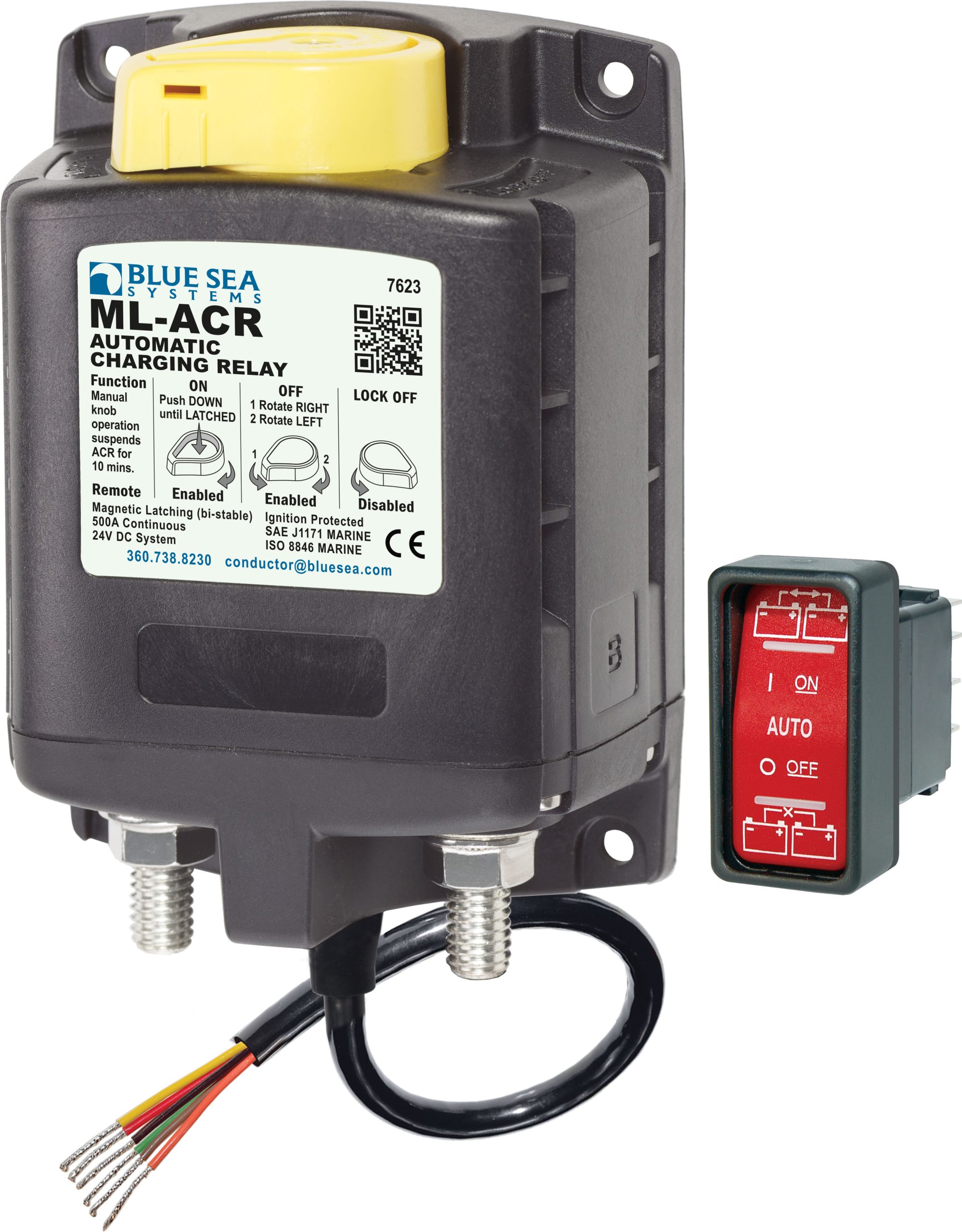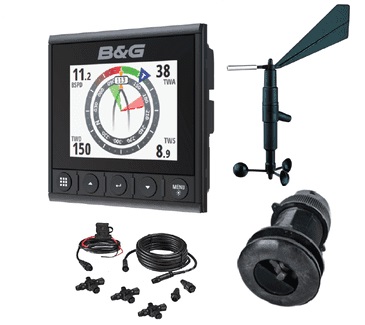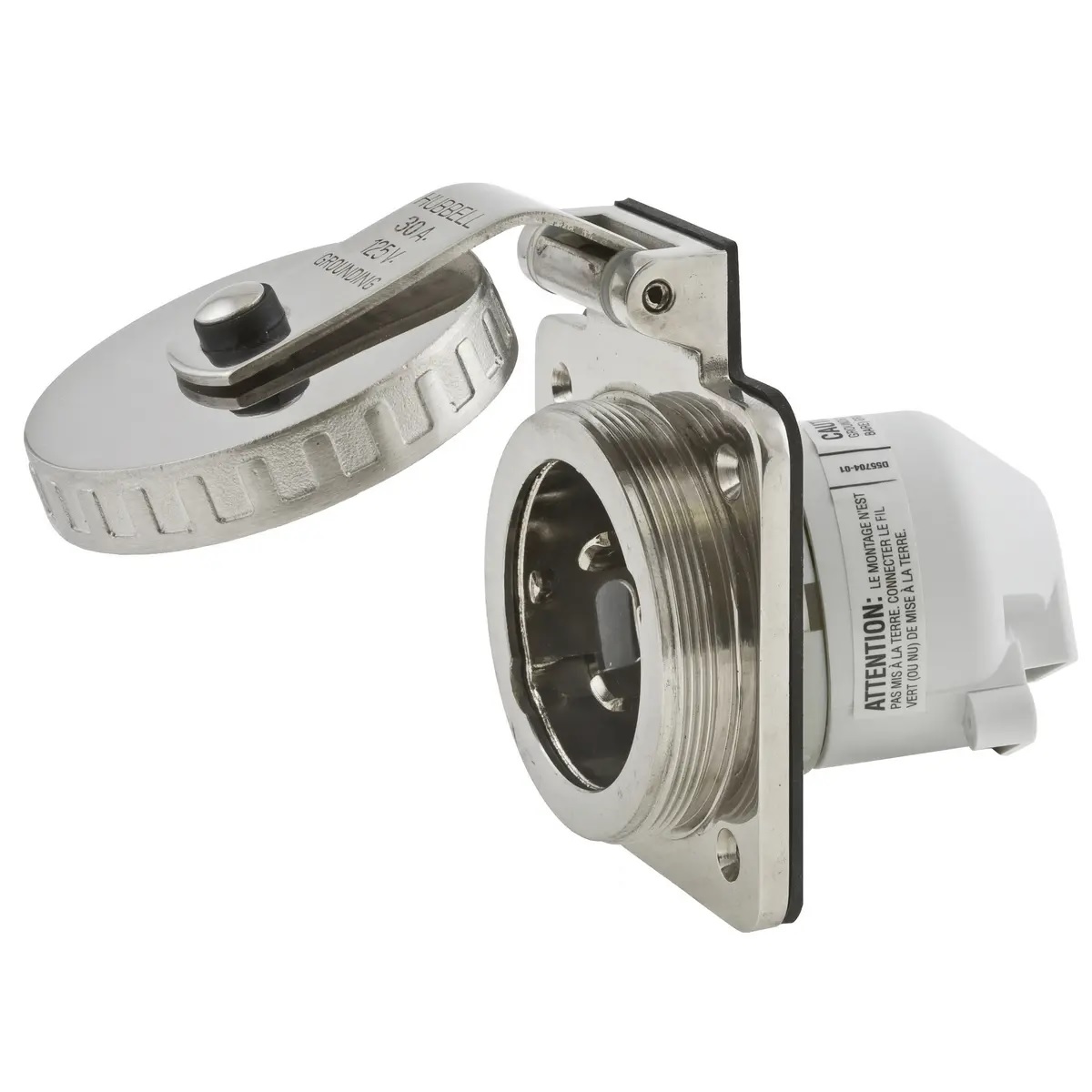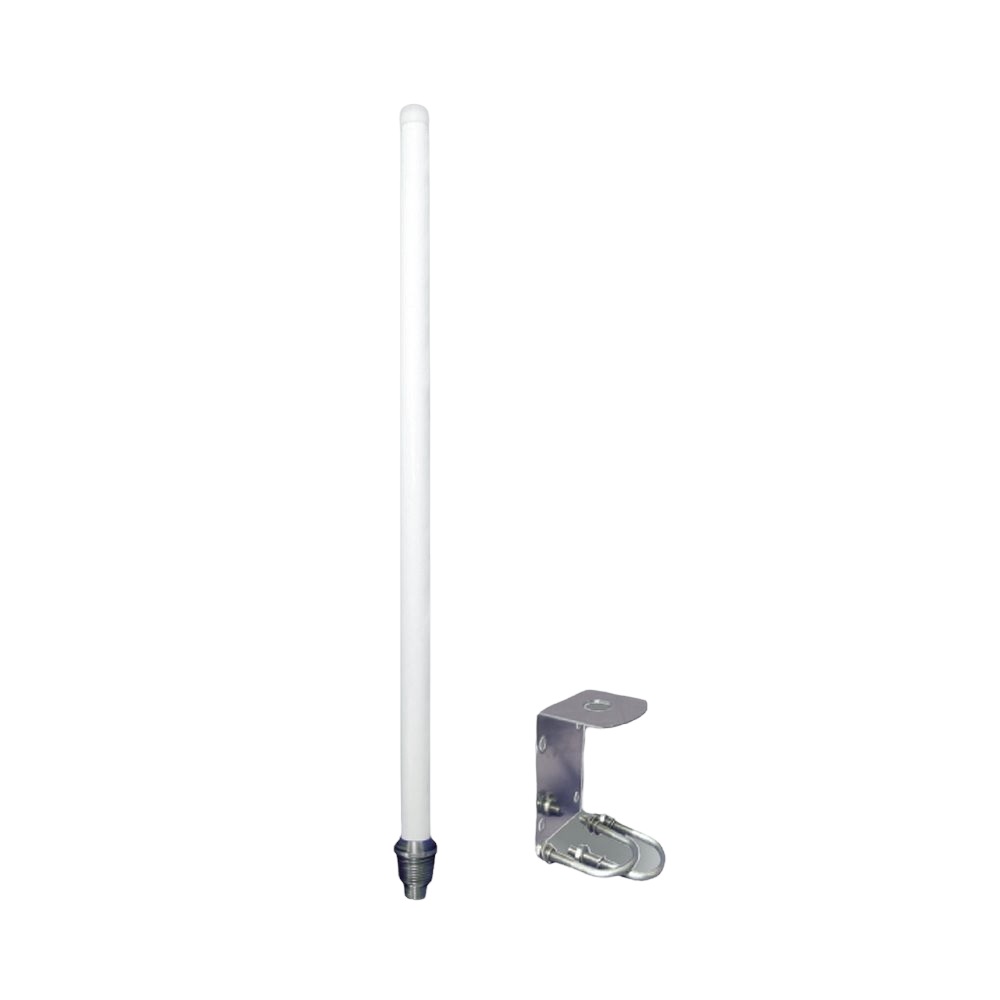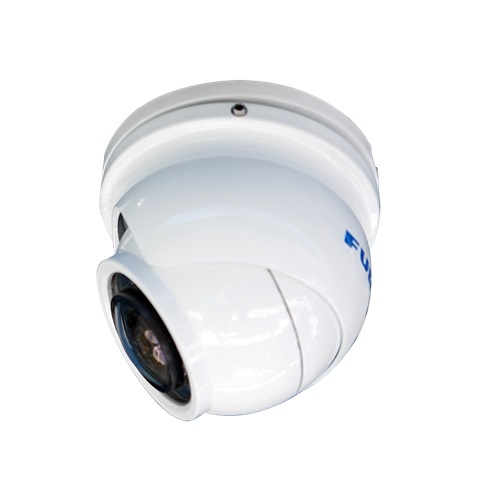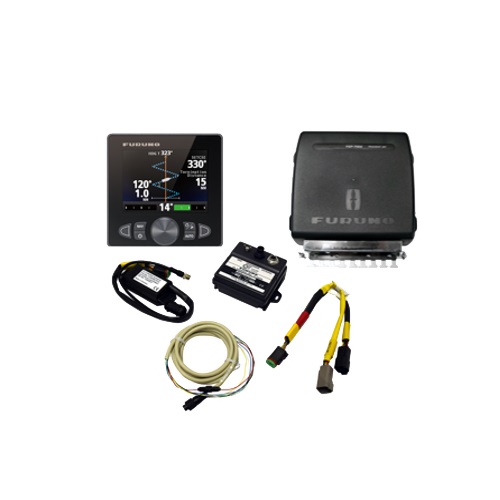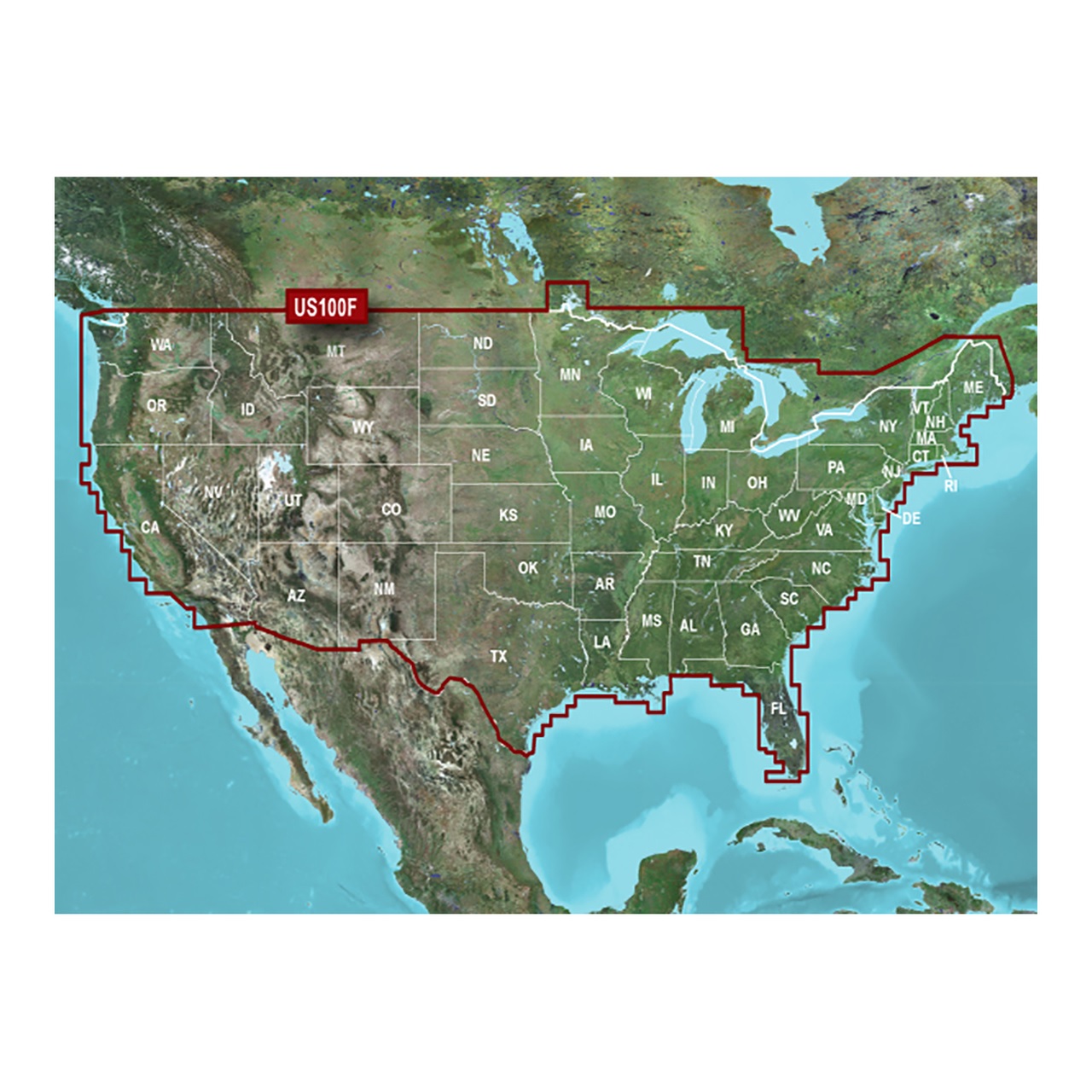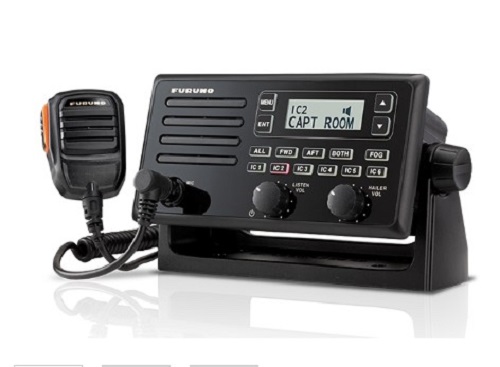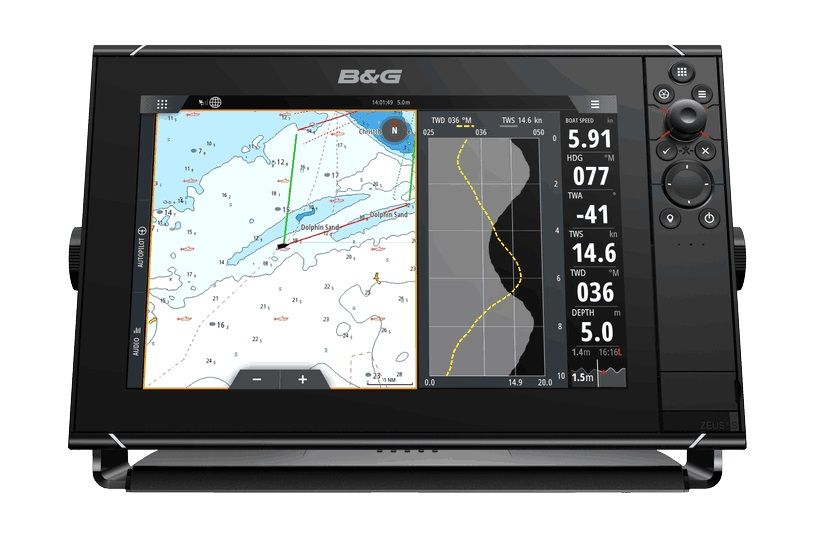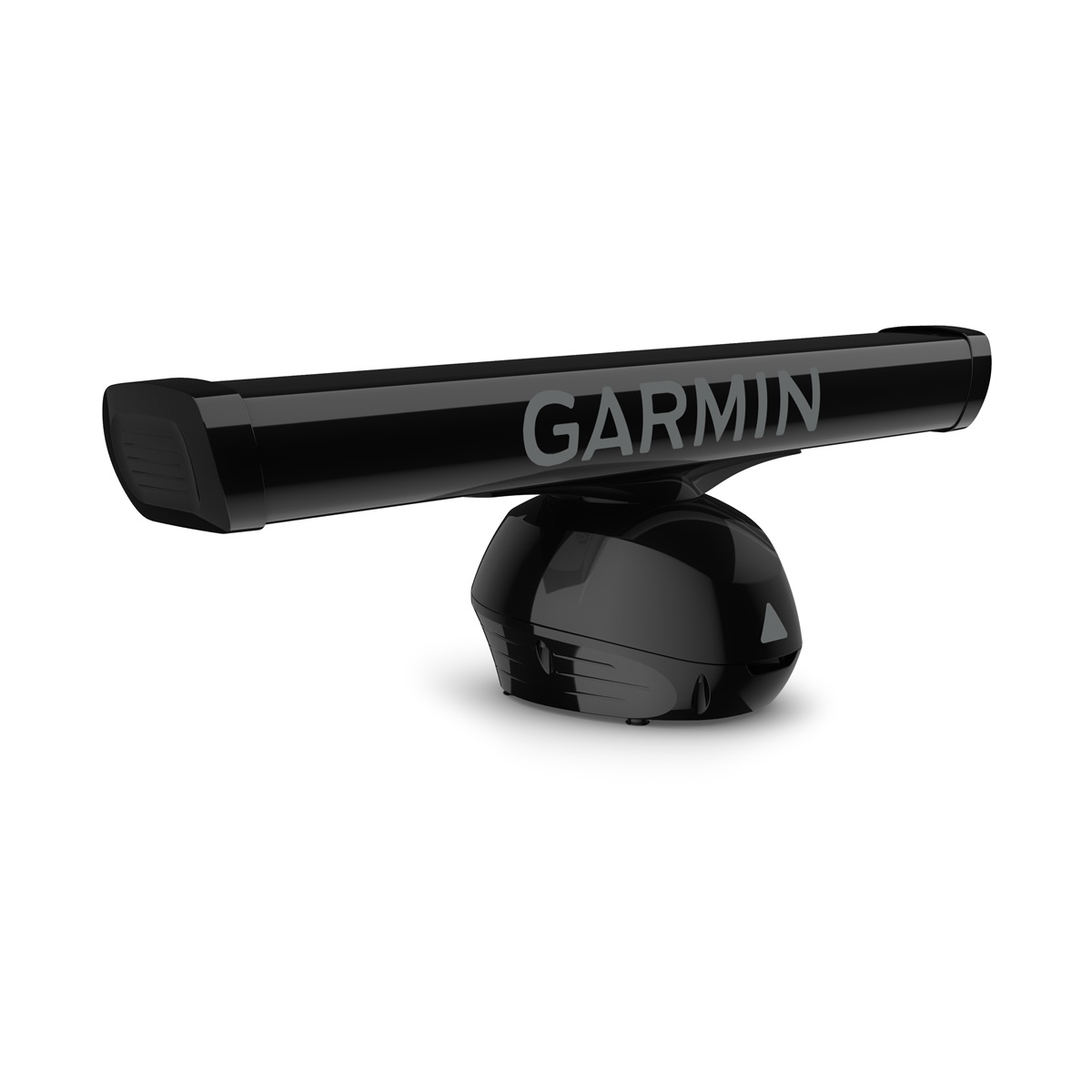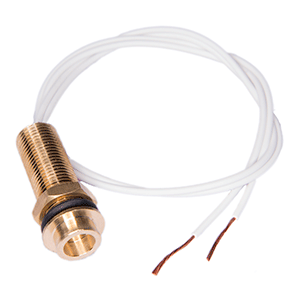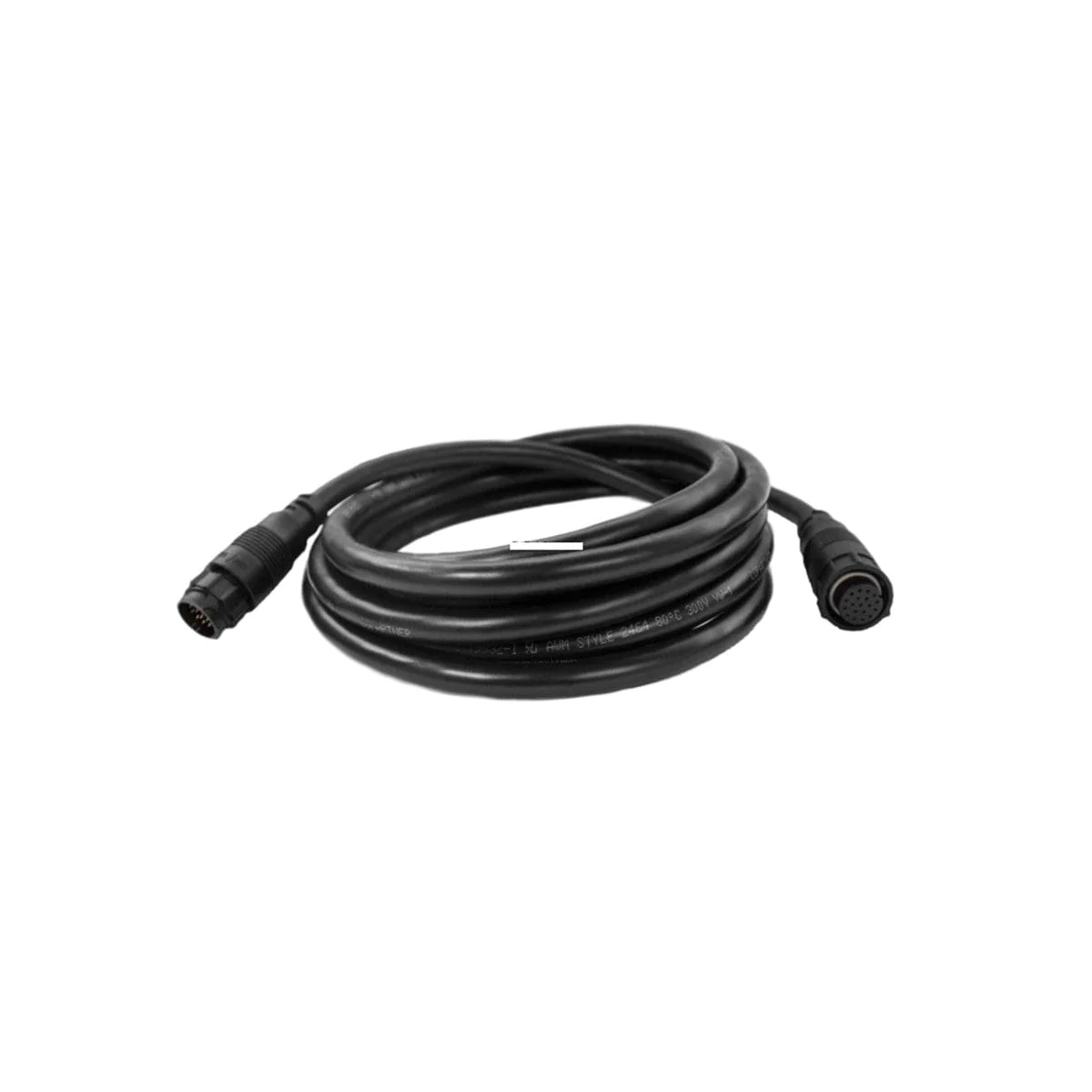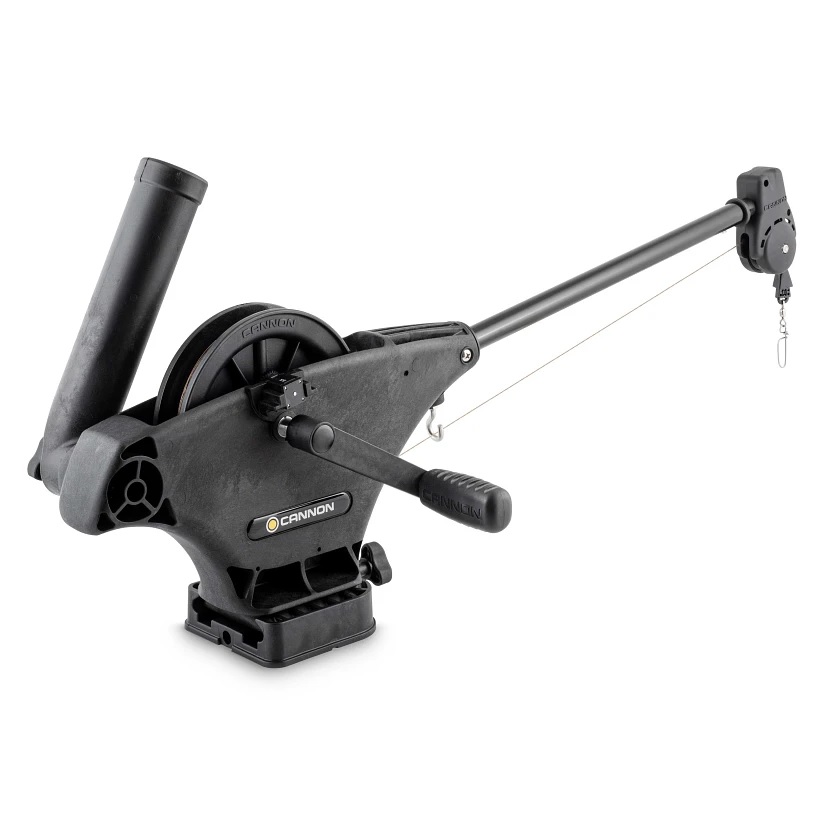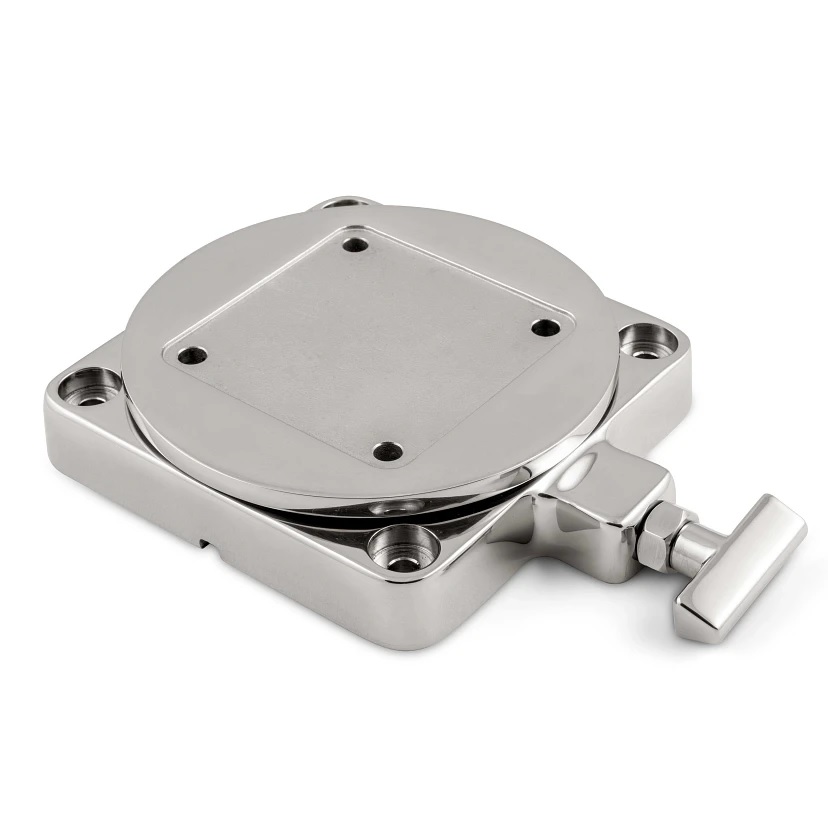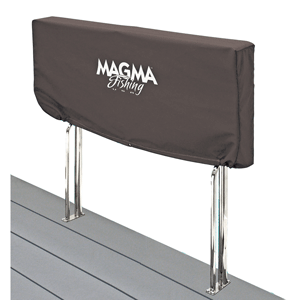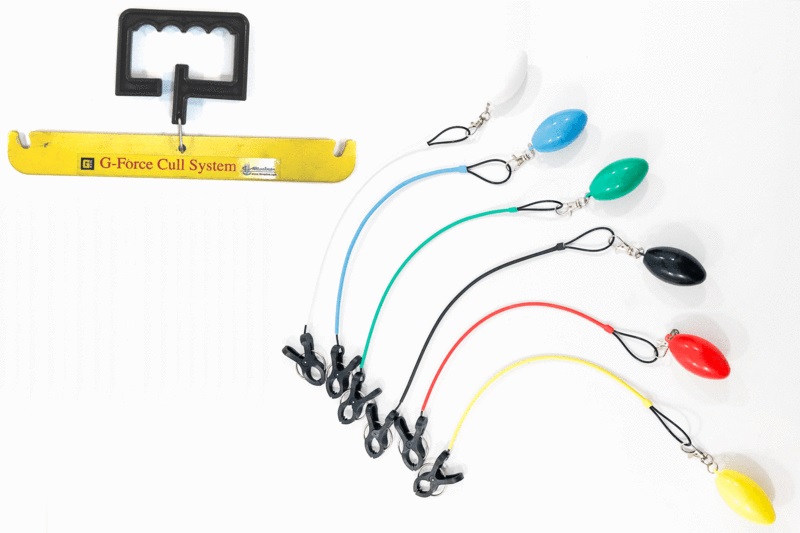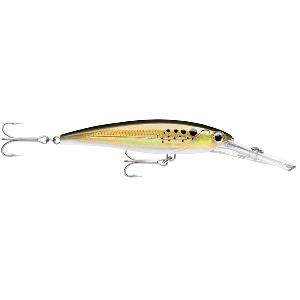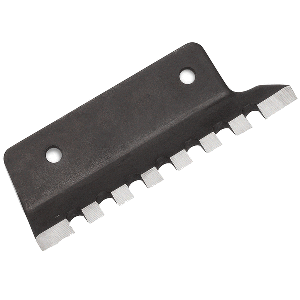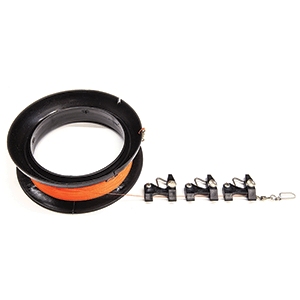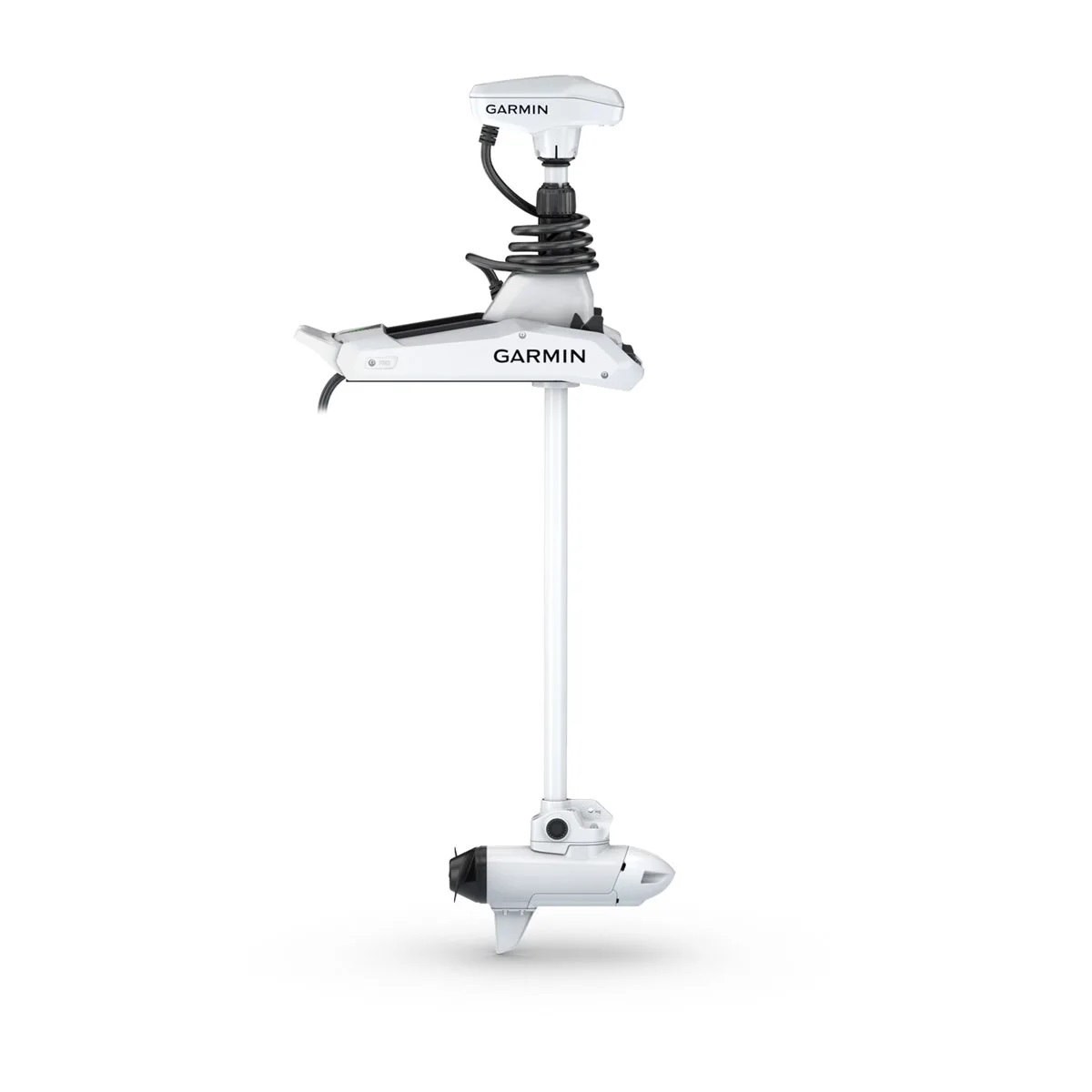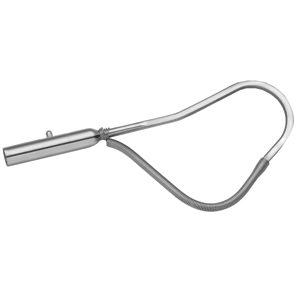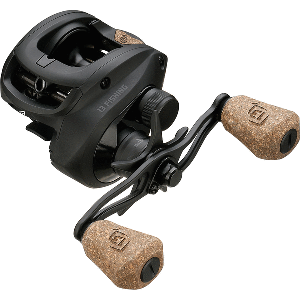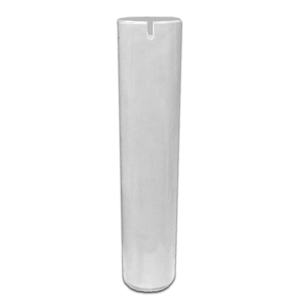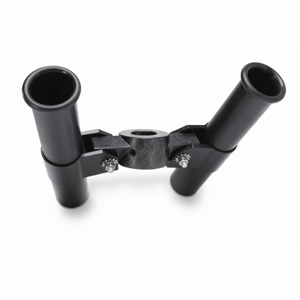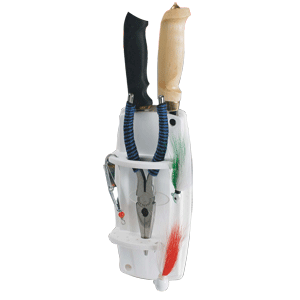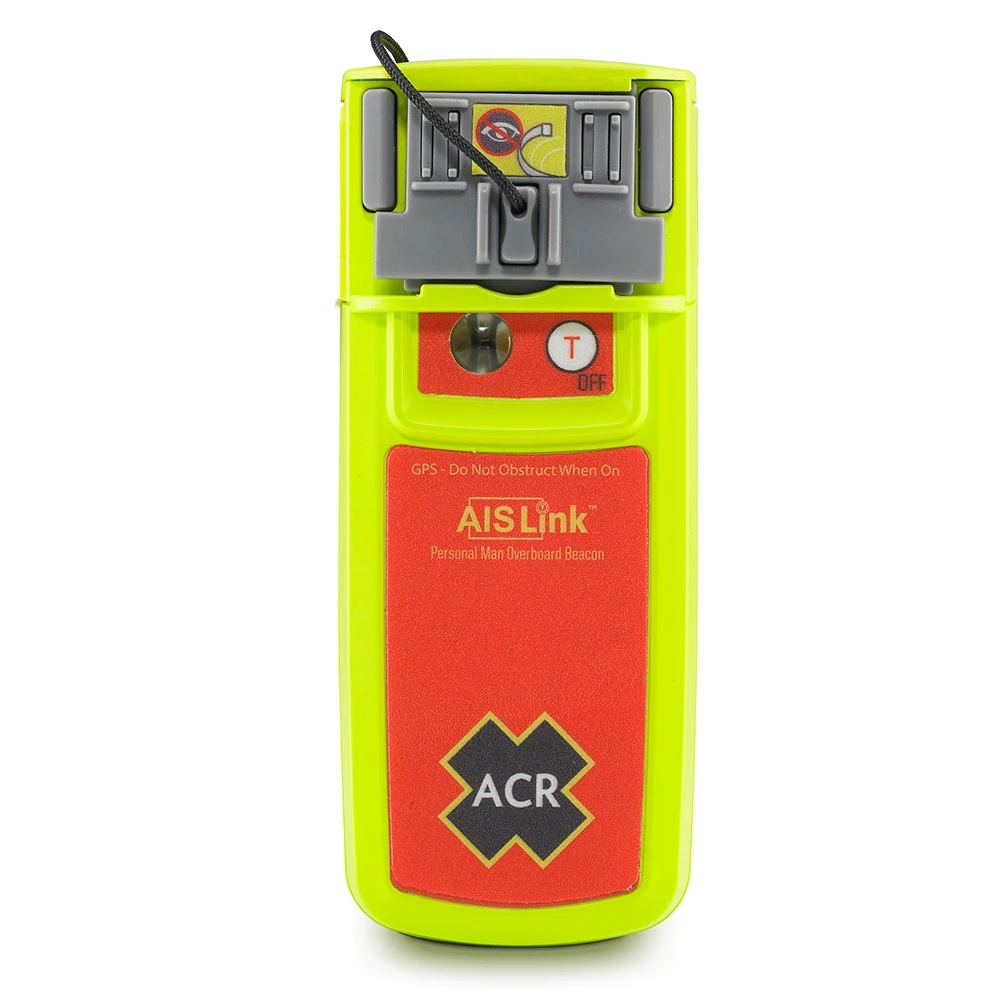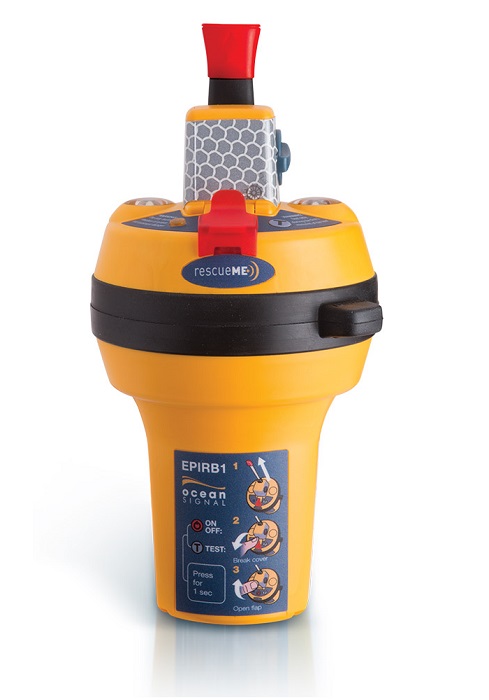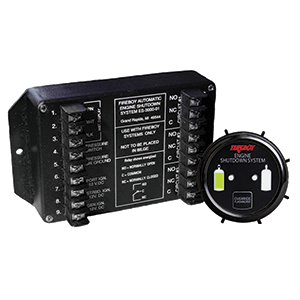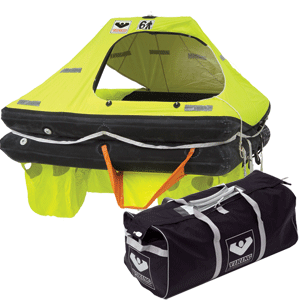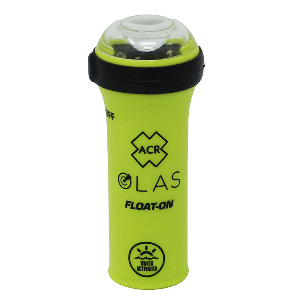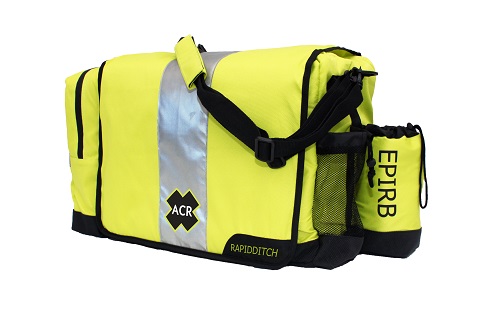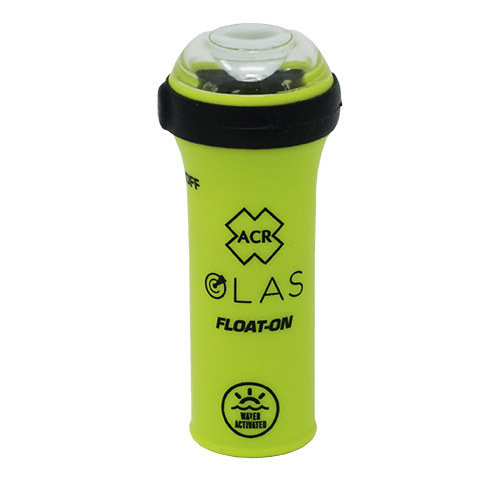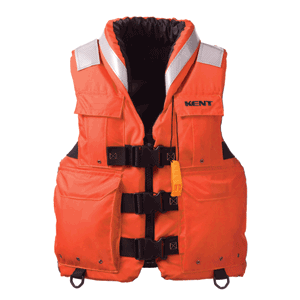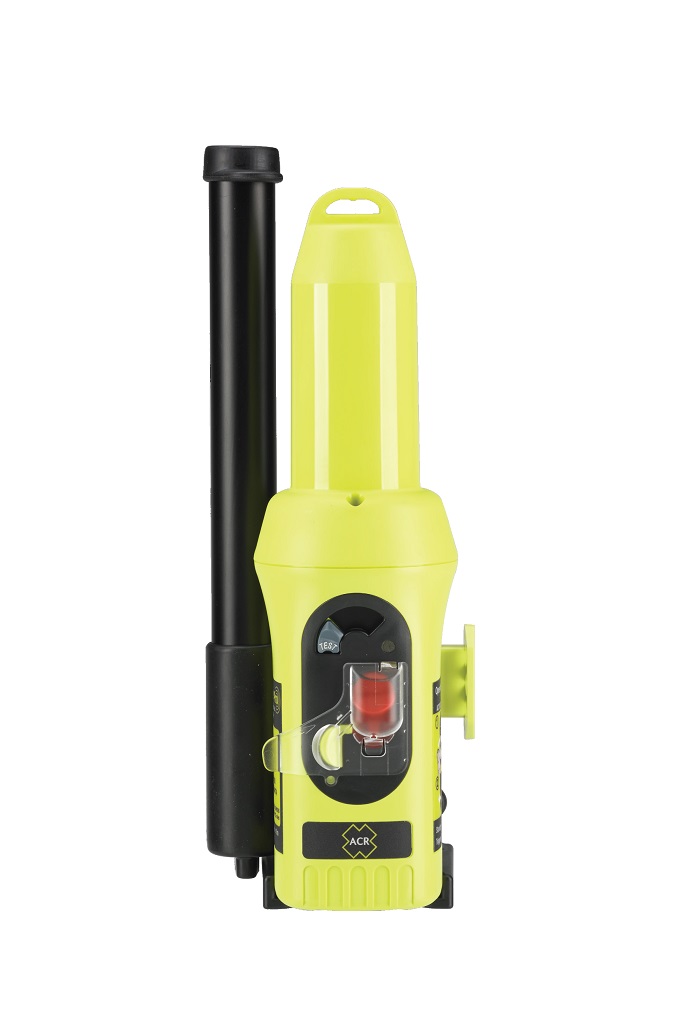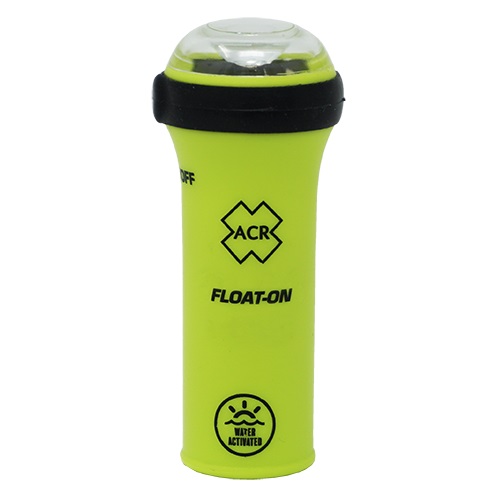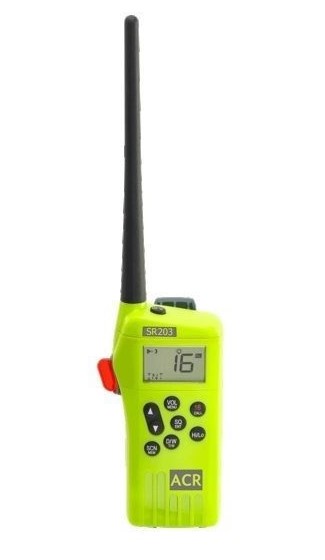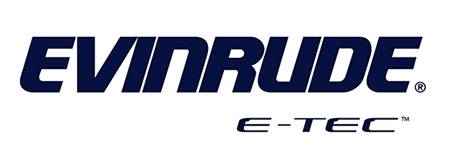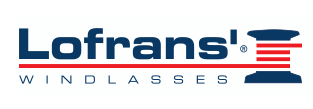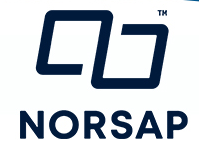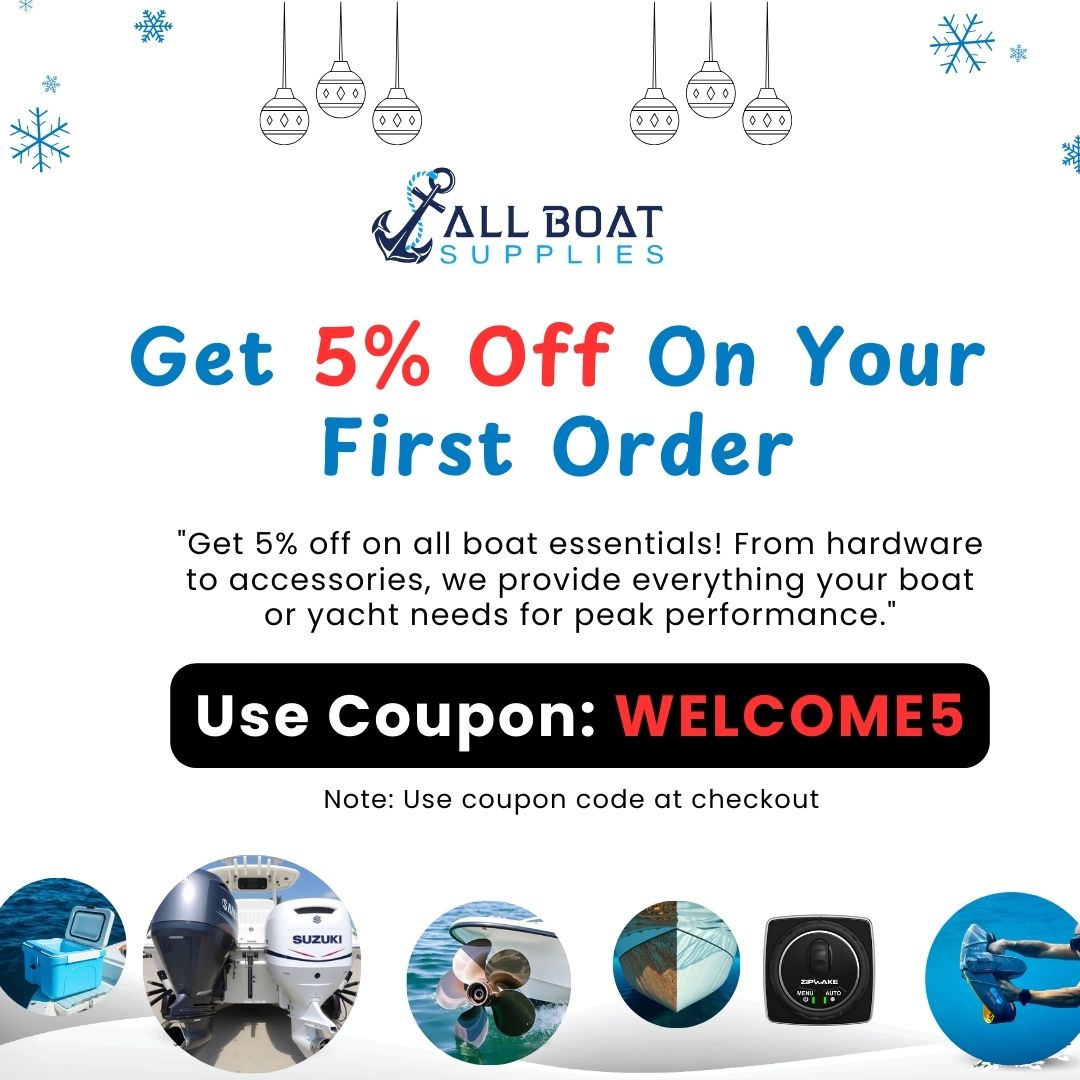Yamaha lower unit options for shallow water
Introduction
Boating in shallow water presents unique challenges that require specialized components to ensure peak performance and durability. Among the most critical of these components is the lower unit. For Yamaha motor owners, choosing the right Yamaha lower unit options for shallow water can mean the difference between seamless navigation and frequent mechanical headaches. In this detailed guide, we’ll explore the best lower unit options, expert recommendations, maintenance strategies, and troubleshooting tips to help you thrive in shallow water environments.
Overview / What Is a Yamaha Lower Unit for Shallow Water?
The lower unit of a Yamaha outboard motor is the gearcase that houses the propeller, drive shaft, gears, and other components that transfer engine power to the water. In shallow waters, this unit is especially vulnerable to damage from submerged objects, sand, and weeds. That’s why specific Yamaha lower units are engineered or modified to perform efficiently in these conditions.
Yamaha lower unit options for shallow water often feature reinforced gearcases, higher mounting heights, and specialized cooling systems. These enhancements reduce drag, prevent overheating, and offer better maneuverability in tight or low-depth scenarios, making them a must-have for anglers and boaters who frequent backwaters, flats, and marshes.
Why Choose a Shallow Water Lower Unit?
Standard lower units are designed for optimal performance in deep water, but when used in shallow environments, they become susceptible to damage and reduced efficiency. Yamaha lower units tailored for shallow water come with unique benefits that include:
- Enhanced Durability: Built with stronger materials and components that resist impact and corrosion.
- Reduced Draft: Higher mounting and smaller gearcases minimize water displacement and allow closer approach to the shoreline.
- Improved Cooling: Modified water pickup designs ensure adequate cooling even in low depths.
Whether you’re a sport fisher or a recreational boater, these features ensure long-term performance and peace of mind.
Best Yamaha Lower Unit Options for Shallow Water
There are several Yamaha-compatible lower units and aftermarket models designed for shallow water use. Let’s explore a few of the top-rated options that combine reliability, performance, and value:
- SEI-90-404: Fits Yamaha 75-100HP, ideal for flats fishing and light inshore boating.
- SEI-90-405: Designed for Yamaha 115-130HP 4-Stroke engines, great for medium-duty shallow water performance.
- SEI-90-416: Compatible with 150-200HP Yamaha motors, this is perfect for larger vessels needing shallow water capability.
- YA-G4-06: A high-performance option for Yamaha F150/F175/F200 Series from 2004–2024, offered in both new and remanufactured conditions.
These units are not only durable but also come with warranties, making them a reliable investment.
How to Install Yamaha Lower Units for Shallow Water
Installing a lower unit on a Yamaha outboard requires precision and mechanical knowledge. Here’s a basic step-by-step overview:
- Ensure the engine is turned off and battery disconnected.
- Remove the propeller and drain the gear oil.
- Unbolt the existing lower unit from the midsection of the motor.
- Align the driveshaft and shift shaft of the new unit and carefully slide it into place.
- Torque the bolts to manufacturer specs and refill the gear oil.
It’s advisable to consult your Yamaha service manual or hire a marine technician for proper installation, especially if upgrading to a new shallow water-specific unit.
Troubleshooting Common Issues
Boaters using Yamaha lower unit options for shallow water often face challenges like overheating, vibration, and prop damage. Here’s how to address them:
- Overheating: Ensure that water intake screens are clear of debris. Consider units with side pickups to maintain cooling in low depths.
- Propeller Damage: Switch to a smaller-diameter or weedless prop designed for shallow terrain.
- Gear Slippage: Check gear lube levels and inspect for metal shavings during routine maintenance.
Preventative care and using the right lower unit model will reduce the frequency and severity of such issues.
Maintenance Tips
Proper maintenance ensures the longevity of your Yamaha shallow water lower unit. Follow these guidelines:
- Flush After Every Use: Salt and sediment can build up quickly in shallow areas. Rinse with fresh water after each trip.
- Inspect Seals and Water Intakes: These areas are highly vulnerable to damage and clogging. Clean and inspect regularly.
- Replace Gear Oil Every 100 Hours: Use OEM-recommended marine gear oil and look for signs of contamination.
- Propeller Maintenance: Check for dings or cracks and remove fishing line that may be wrapped around the shaft.
Staying ahead with maintenance saves both money and downtime.
Expert Advice and Pro Recommendations
Marine experts recommend choosing a lower unit based on your boat’s HP rating, typical load, and the depth of water you most frequently operate in. For example:
- For 75–100HP Yamaha motors: Use SEI-90-404 or OEM equivalent with shallow water intake screens.
- For 150–200HP applications: Opt for aftermarket units like SEI-90-416, which handle high torque and shallow depth challenges well.
Pro Tip: Install a jack plate or lift system to easily raise the motor in extra shallow areas without compromising thrust or control.
Detailed FAQ Section
What makes a lower unit suitable for shallow water?
A Yamaha lower unit suitable for shallow water typically includes features like low-draft design, elevated mounting options, side-mounted water pickups, and durable materials resistant to sand and debris. These features reduce the risk of overheating and physical damage. Additionally, many are engineered with hydrodynamic shapes that enhance maneuverability in tight channels. Shallow water units are generally compact and lightweight, helping reduce drag and allowing your outboard motor to operate efficiently even when the water depth is minimal.
How often should I service a shallow water lower unit?
Service intervals vary by usage, but generally, a Yamaha lower unit operating in shallow water should be serviced every 50–100 hours of use. This includes changing the gear oil, inspecting water pickups, checking for corrosion, and examining seals. Because shallow water often has more sediment and debris, more frequent inspections are recommended. Keep an eye out for any signs of water intrusion in the gearcase oil, as this could indicate failing seals or cracks. Preventative maintenance extends the life of the unit and prevents unexpected failures.
Can I use a standard Yamaha lower unit in shallow water?
While you technically can use a standard Yamaha lower unit in shallow water, it’s not advisable for long-term use. Standard lower units are not built to handle frequent exposure to sand, mud, and submerged vegetation. Using them in such conditions increases the risk of damage to the propeller, gearcase, and cooling system. It’s better to invest in a unit that’s specifically designed or upgraded for shallow water use. These specialized units often come with reinforced housings and advanced water intake systems for better performance and durability.
Are aftermarket Yamaha lower units reliable for shallow water?
Yes, many aftermarket Yamaha lower units are built to OEM standards or better. Brands like SEI offer high-quality, cost-effective alternatives that are thoroughly tested for performance in shallow water environments. These units often come with warranties and are made using durable materials designed to withstand abrasive and low-depth conditions. When selecting an aftermarket unit, ensure it’s compatible with your engine’s model, shaft length, and gear ratio to avoid performance issues. It’s also wise to purchase from a trusted marine supplier like AllBoatSupplies.
What is the average cost of Yamaha lower units for shallow water?
The price of Yamaha lower units for shallow water varies based on HP rating, shaft length, and whether it’s new, used, or remanufactured. On average:
- New OEM Units: $1,500–$2,500
- Aftermarket Units: $900–$1,600
- Remanufactured Units: $700–$1,200
Cost-effective solutions like SEI-90 series offer competitive pricing with long warranties, making them ideal for budget-conscious boaters. Be sure to also consider shipping and installation costs. Long-term savings are possible with proper maintenance and timely servicing.
Special Offer
WELCOME5 – Get 5% off storewide at allboatsupplies.com
And up to 10% additional off on all lower units
Yamaha Aftermarket Lower Unit Replaces 75-100HP (2 & 4 Stroke) – 2.0/2.3 Gear Ratios, 18 Spline, 20/25″ Shafts – SEI-90-404
Yamaha Aftermarket Lower Unit Replaces 115-130HP 4-Stroke – Fits 20/25″ Shafts – SEI-90-405
Yamaha 90° Aftermarket Lower Unit Replaces 150-200HP (2 & 4 Stroke) – Fits 20/25″ Shafts – SEI-90-416
Yamaha 150–200HP Lower Unit 4-Stroke – 20/25″ Shaft – F150/F175/F200 Series (2004–2024) – New/Remanufactured – YA-G4-06
Conclusion
Navigating shallow waters demands durable, purpose-built hardware — and choosing the right Yamaha lower unit options for shallow water is essential for optimal performance and peace of mind. From SEI aftermarket models to OEM-grade upgrades, there are reliable solutions for every engine class. Remember to follow regular maintenance routines, consult with experts, and take advantage of special offers to get the most out of your investment. Your boat deserves a lower unit that performs under pressure — even in the shallows.
Read More
For more helpful marine maintenance guides, check out our article on Lower Unit Interchangeability for Yamaha V6 Outboards.


